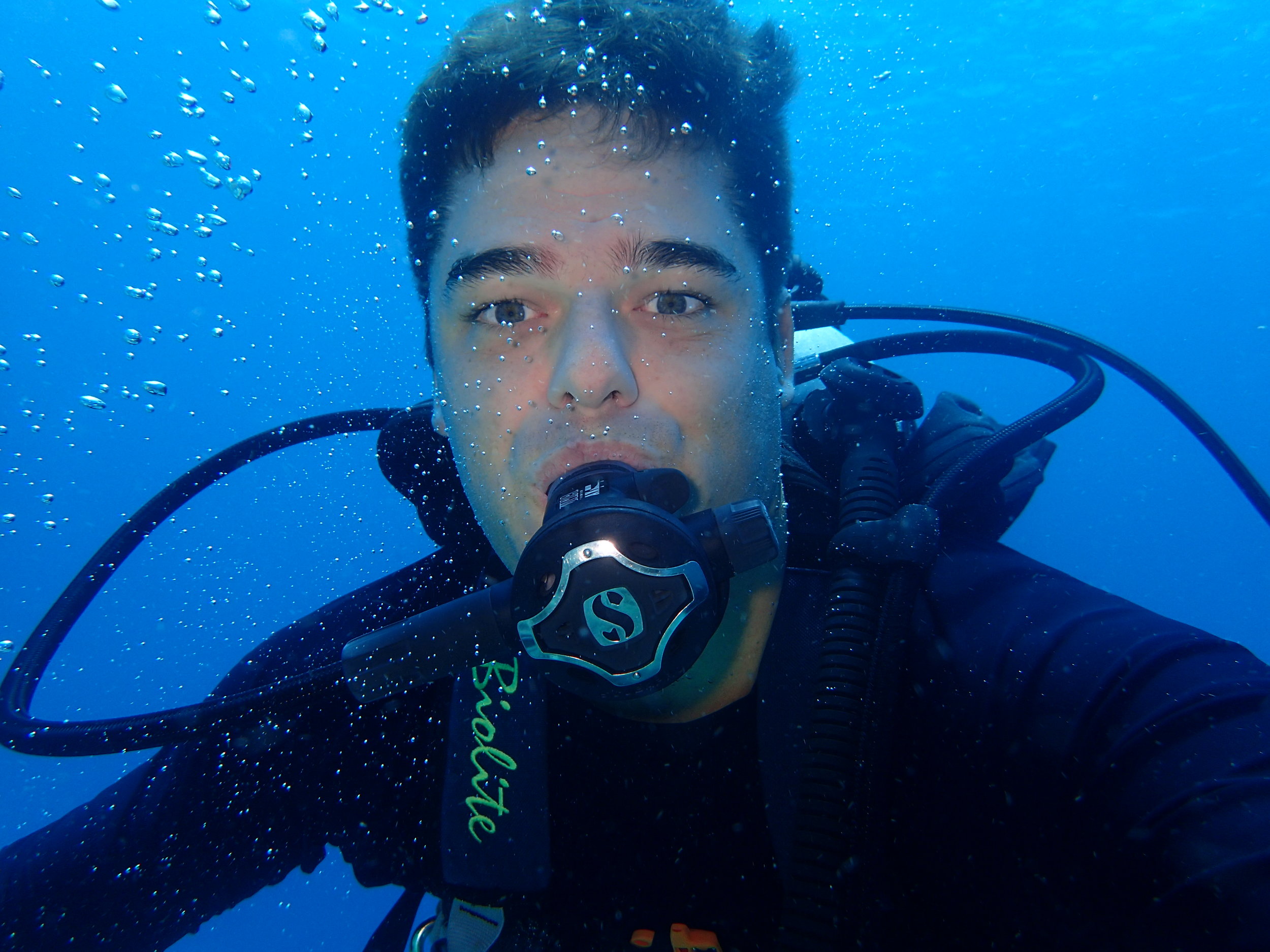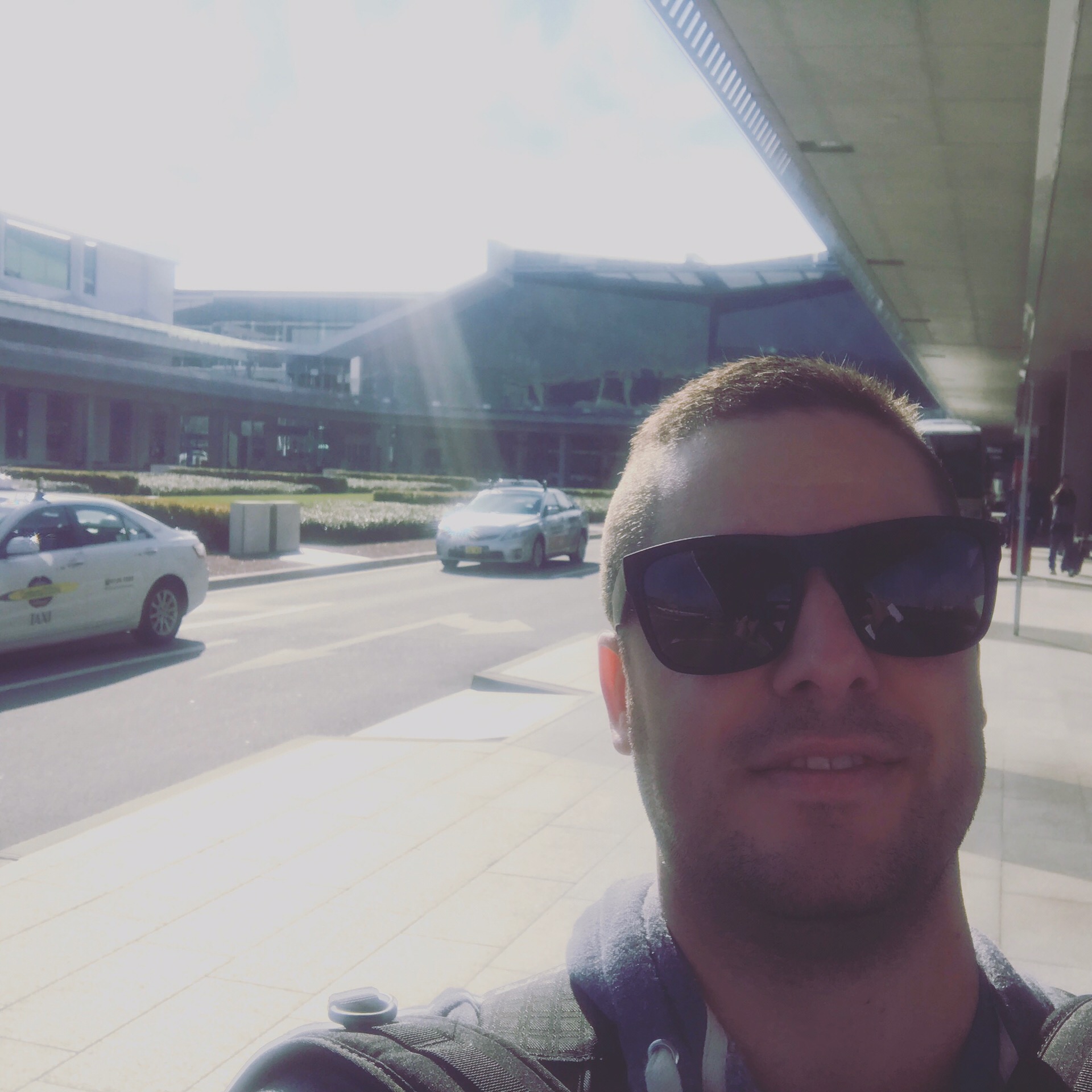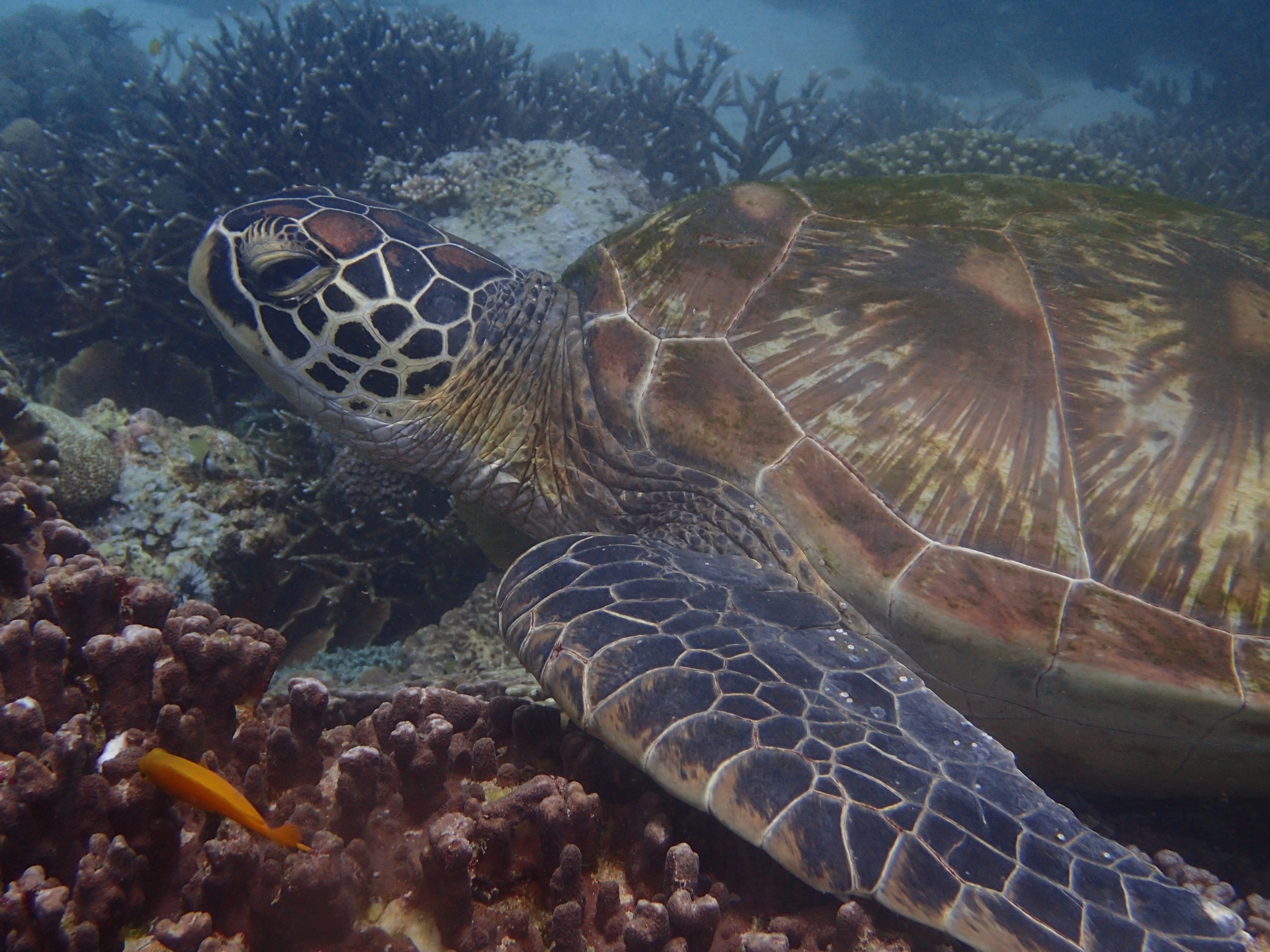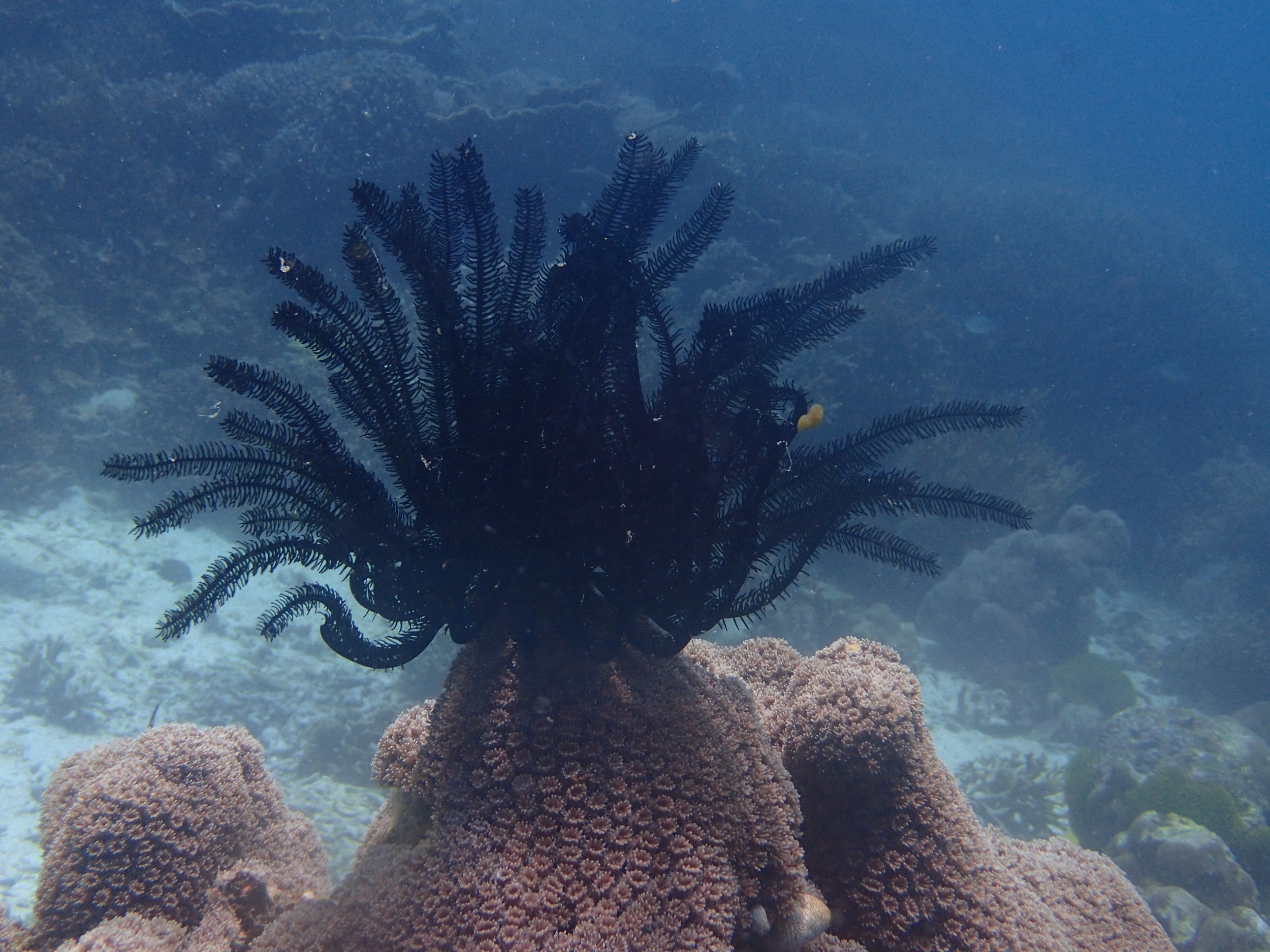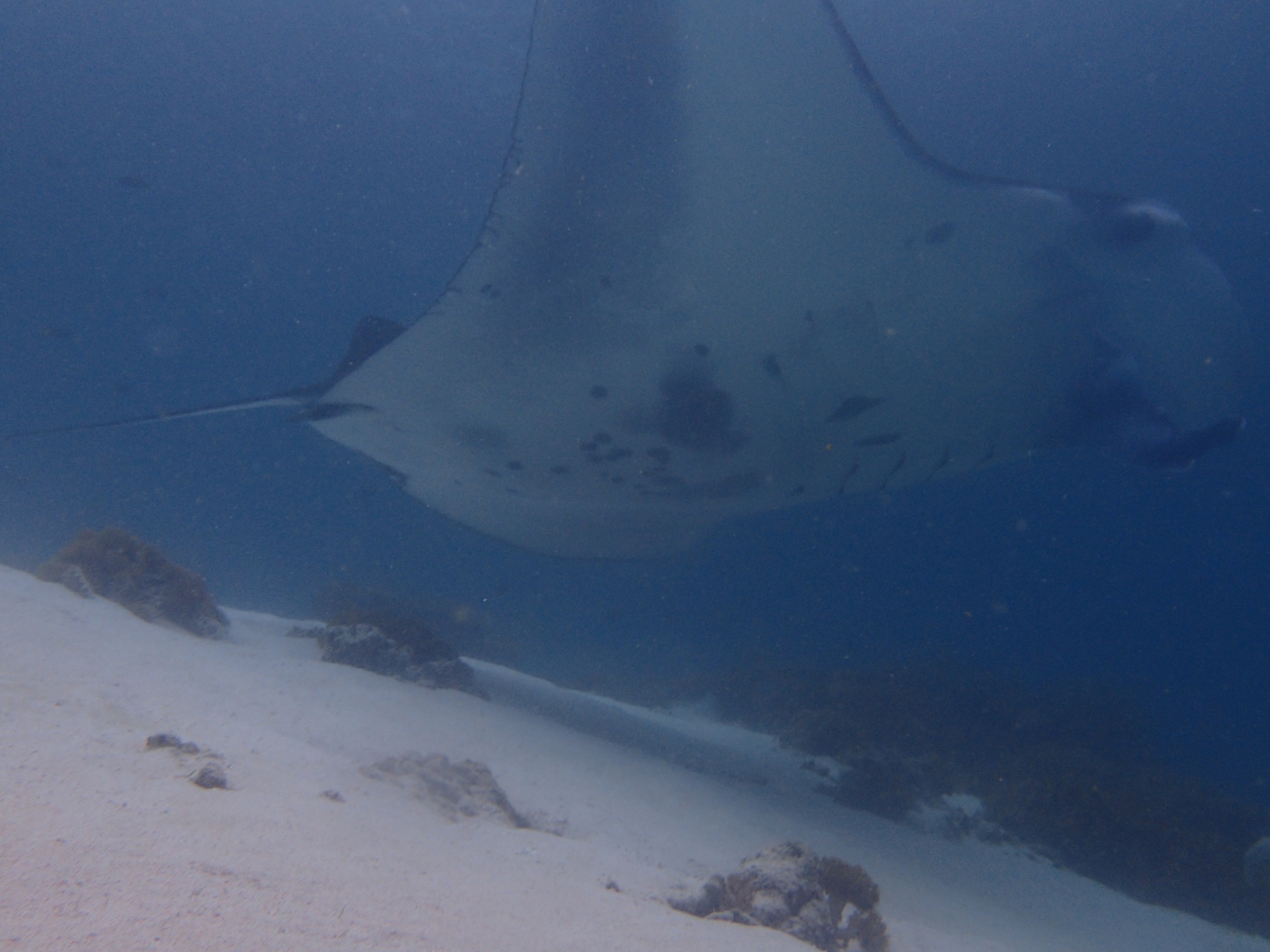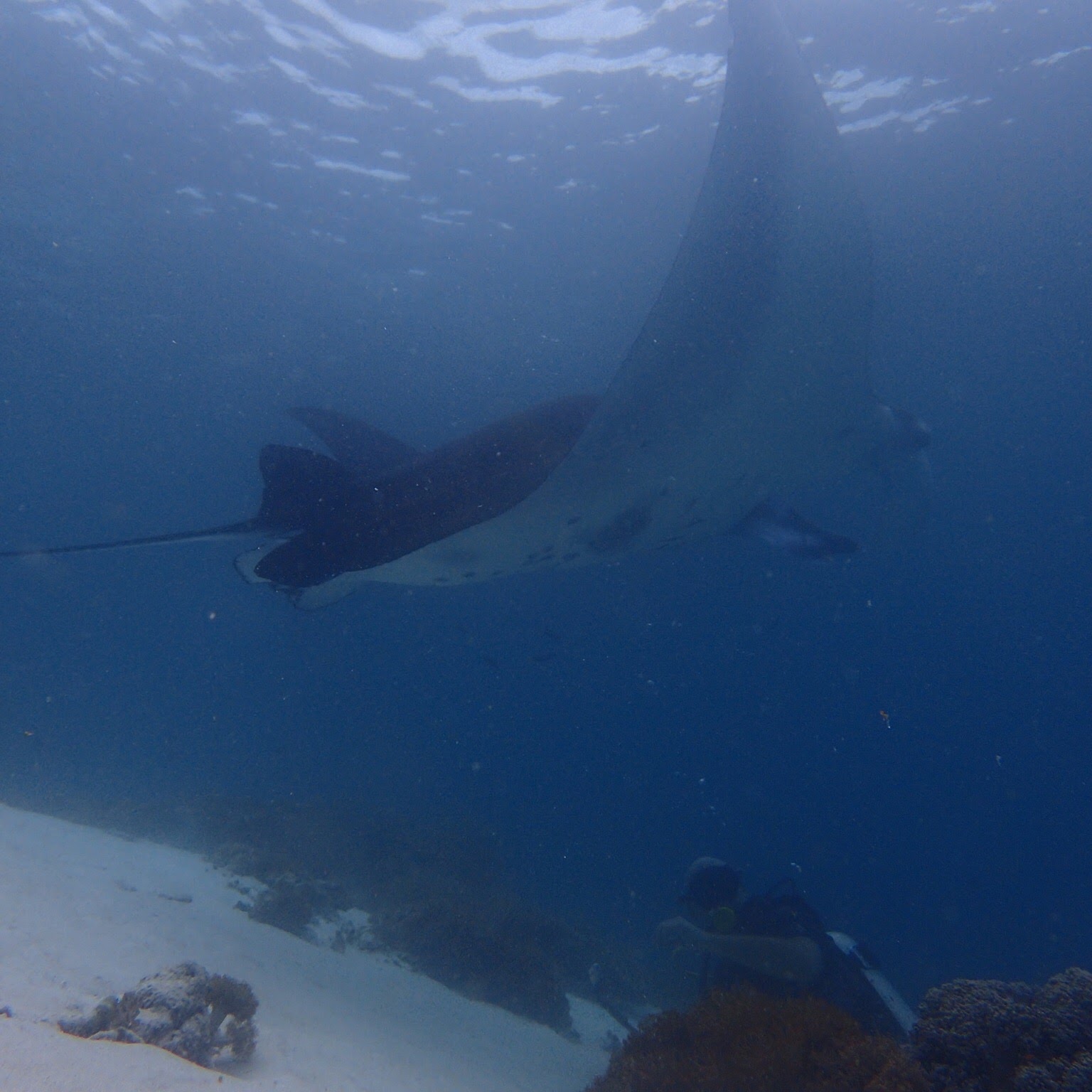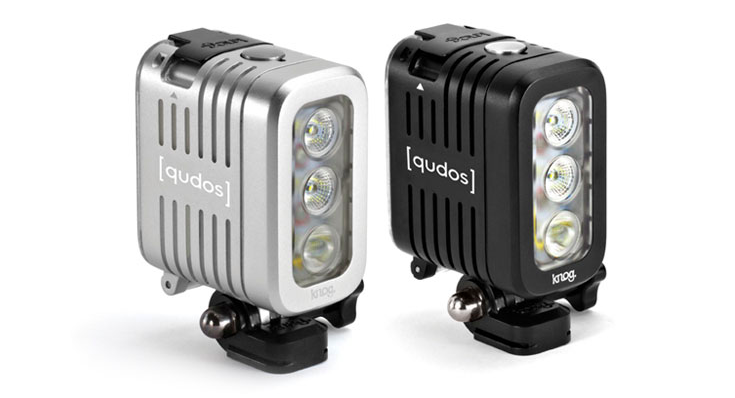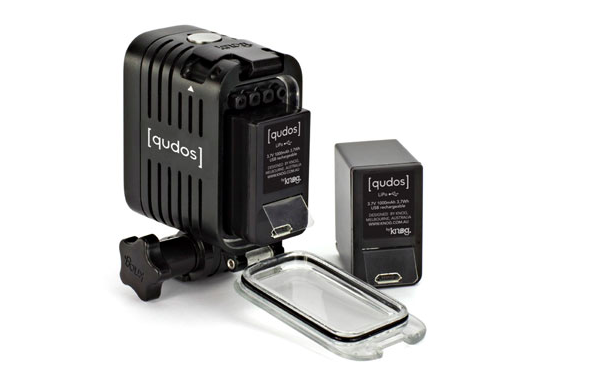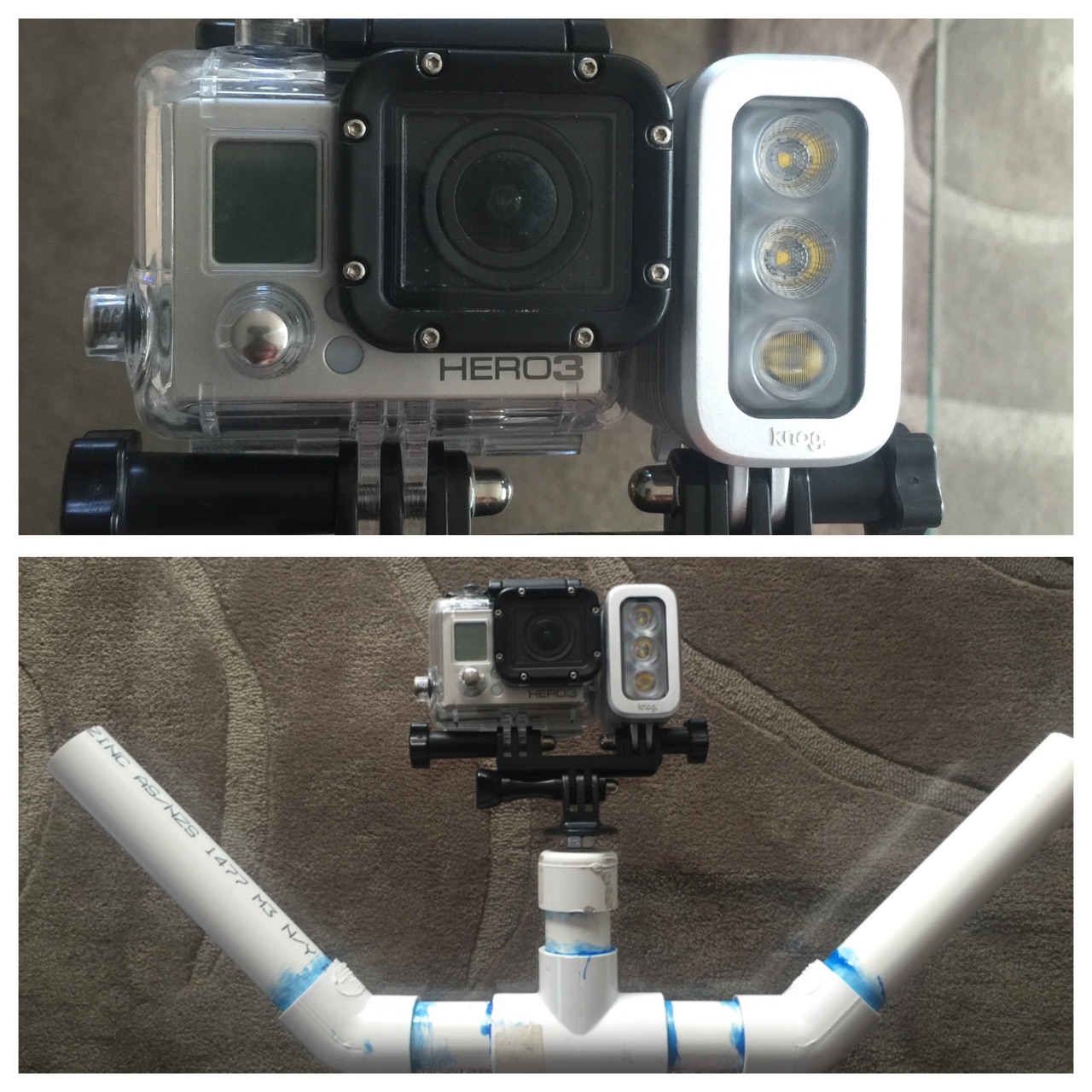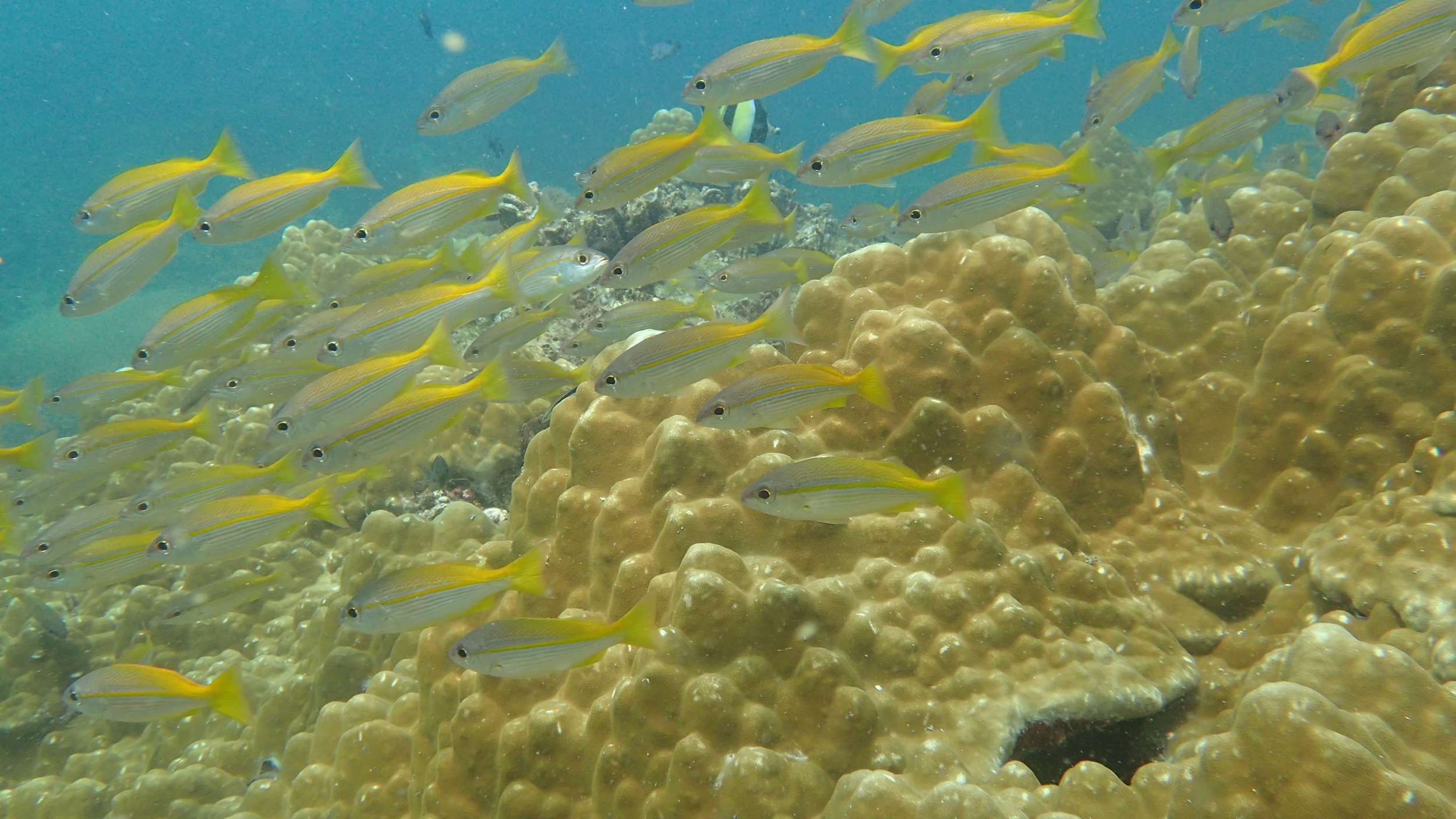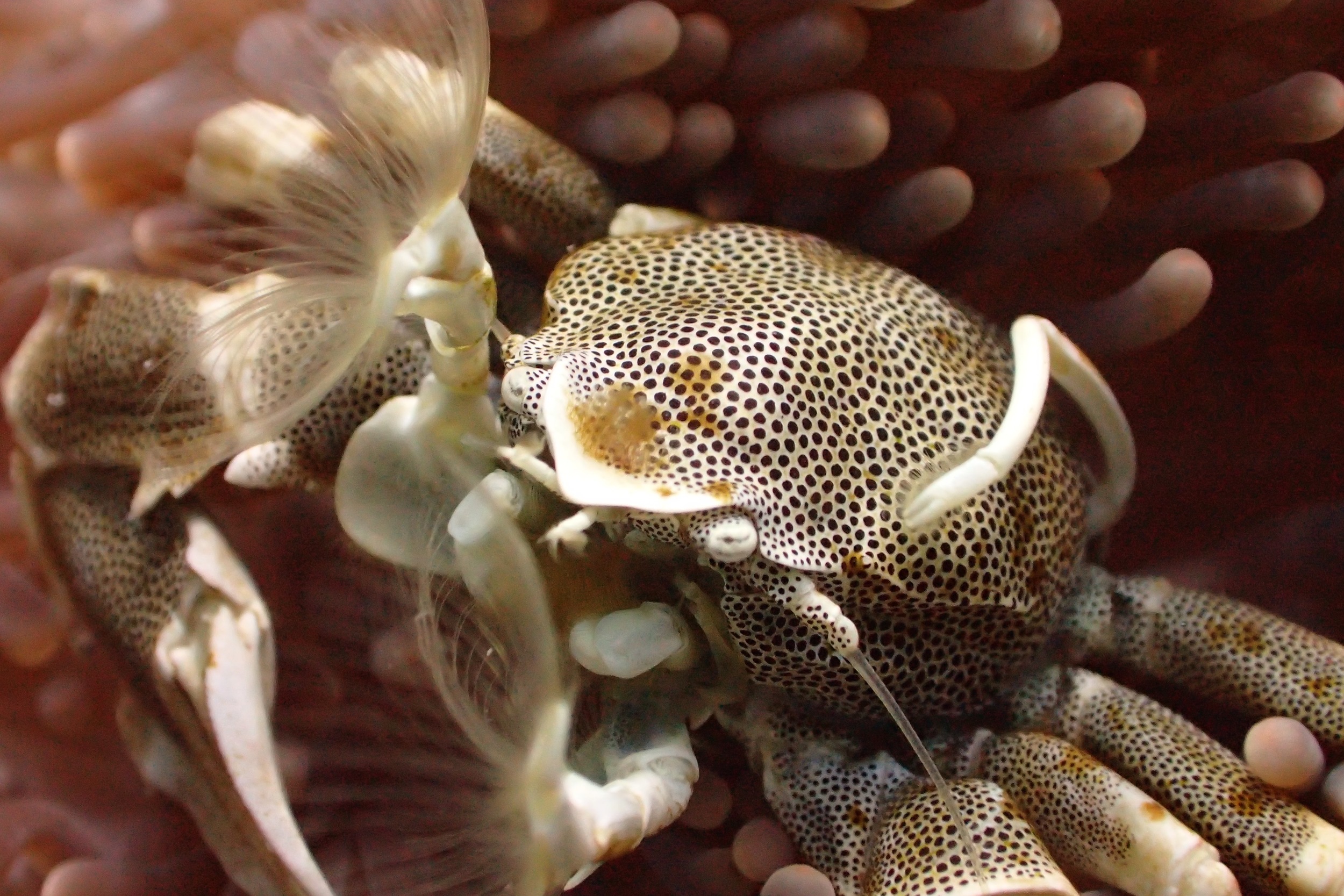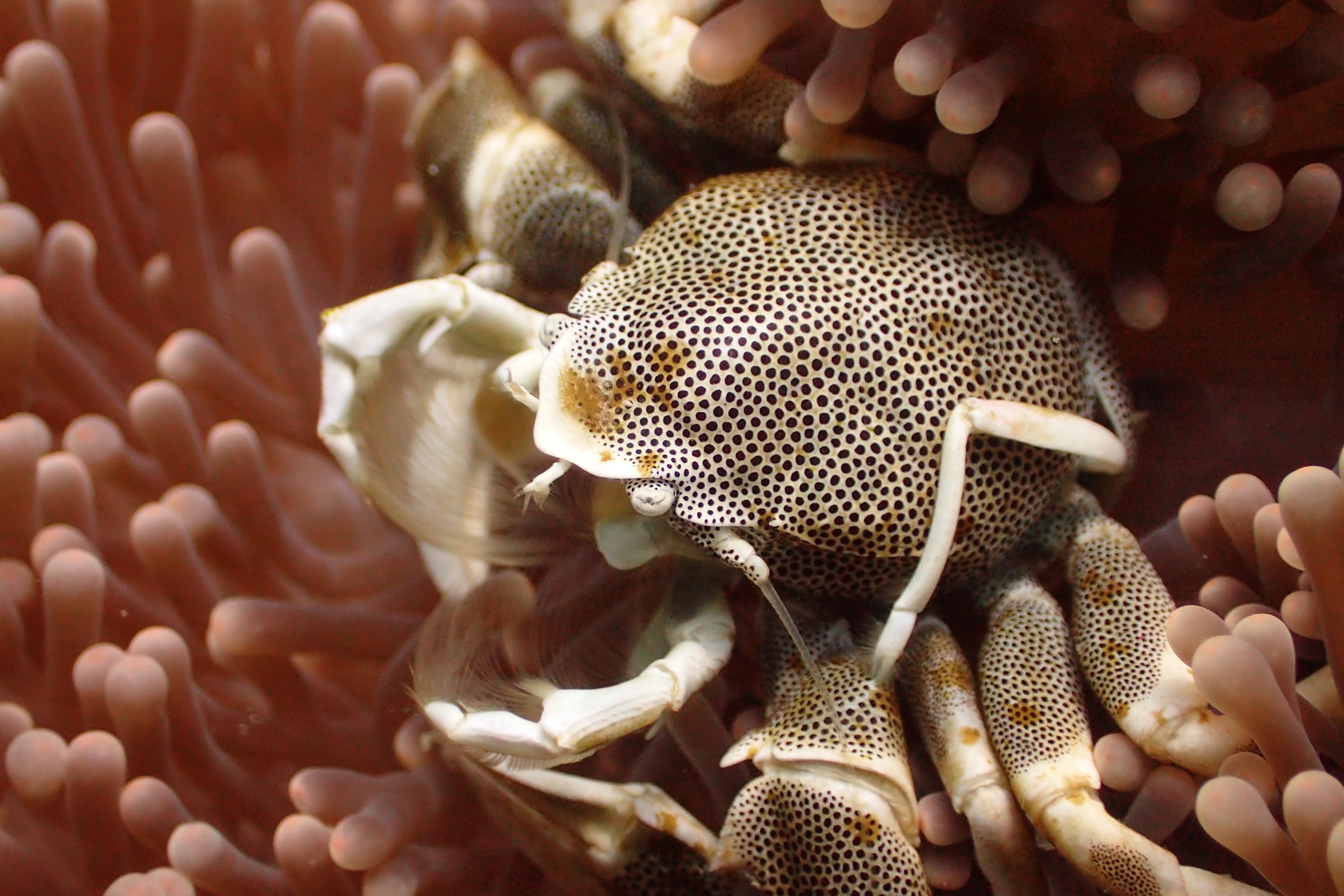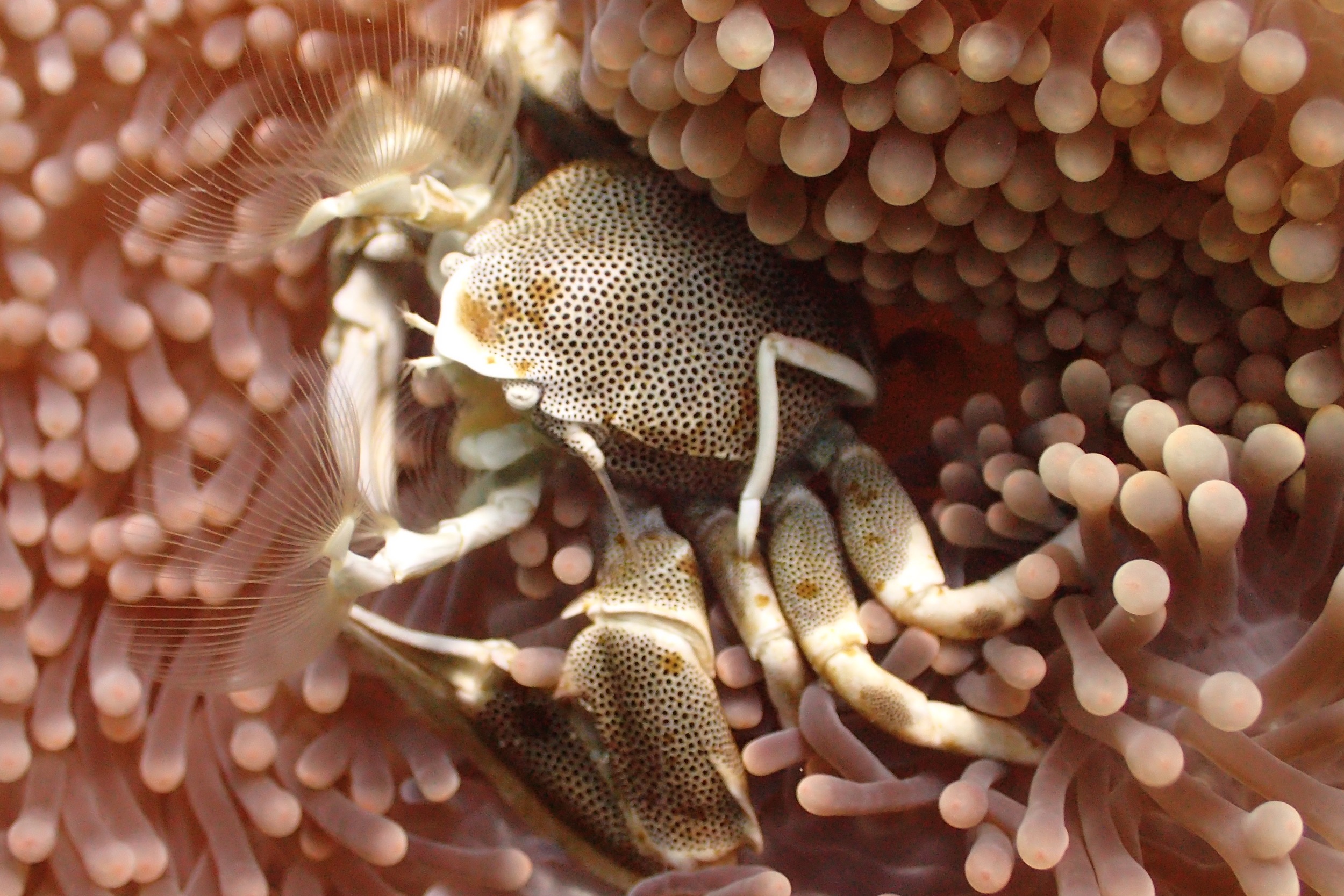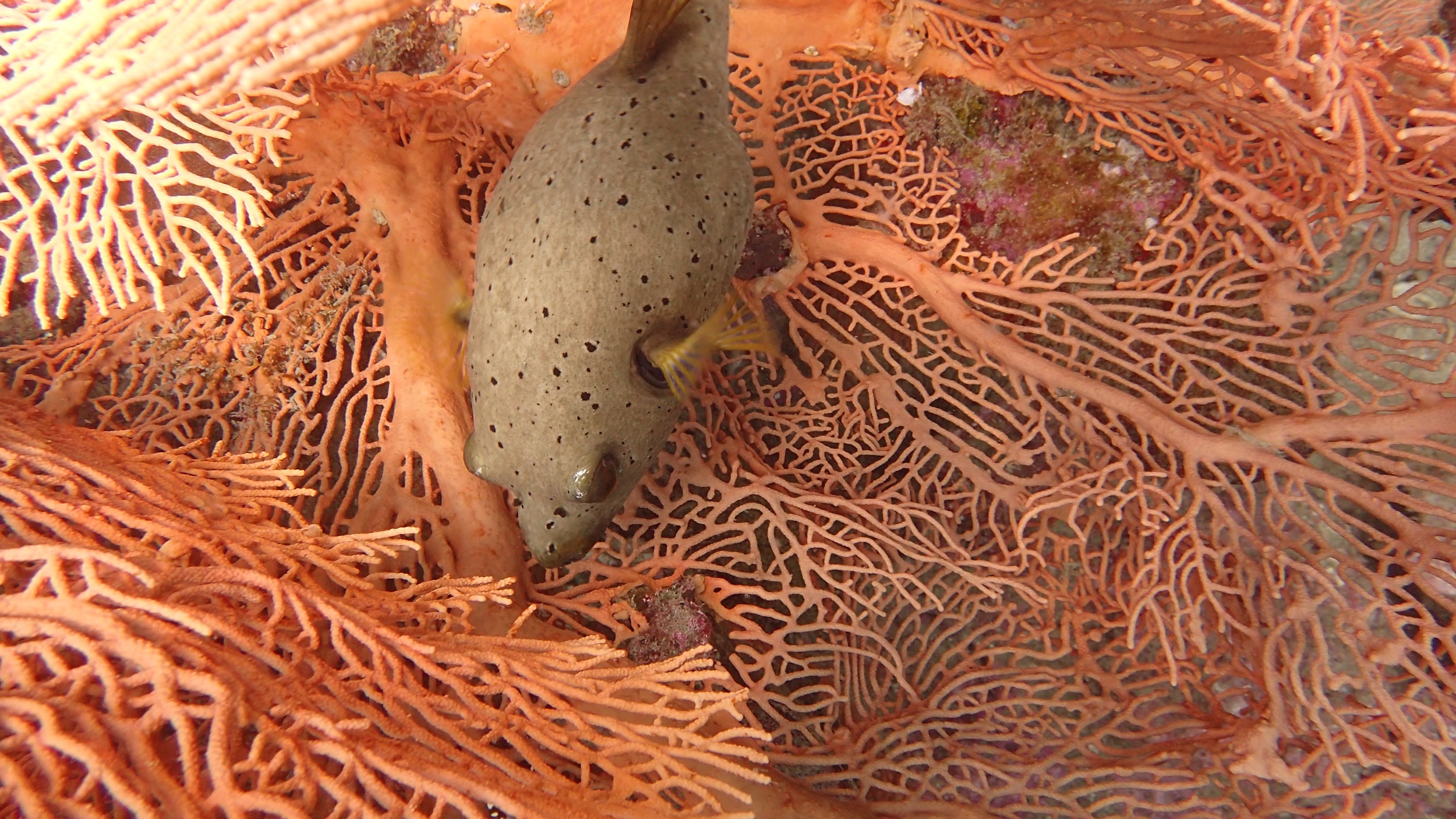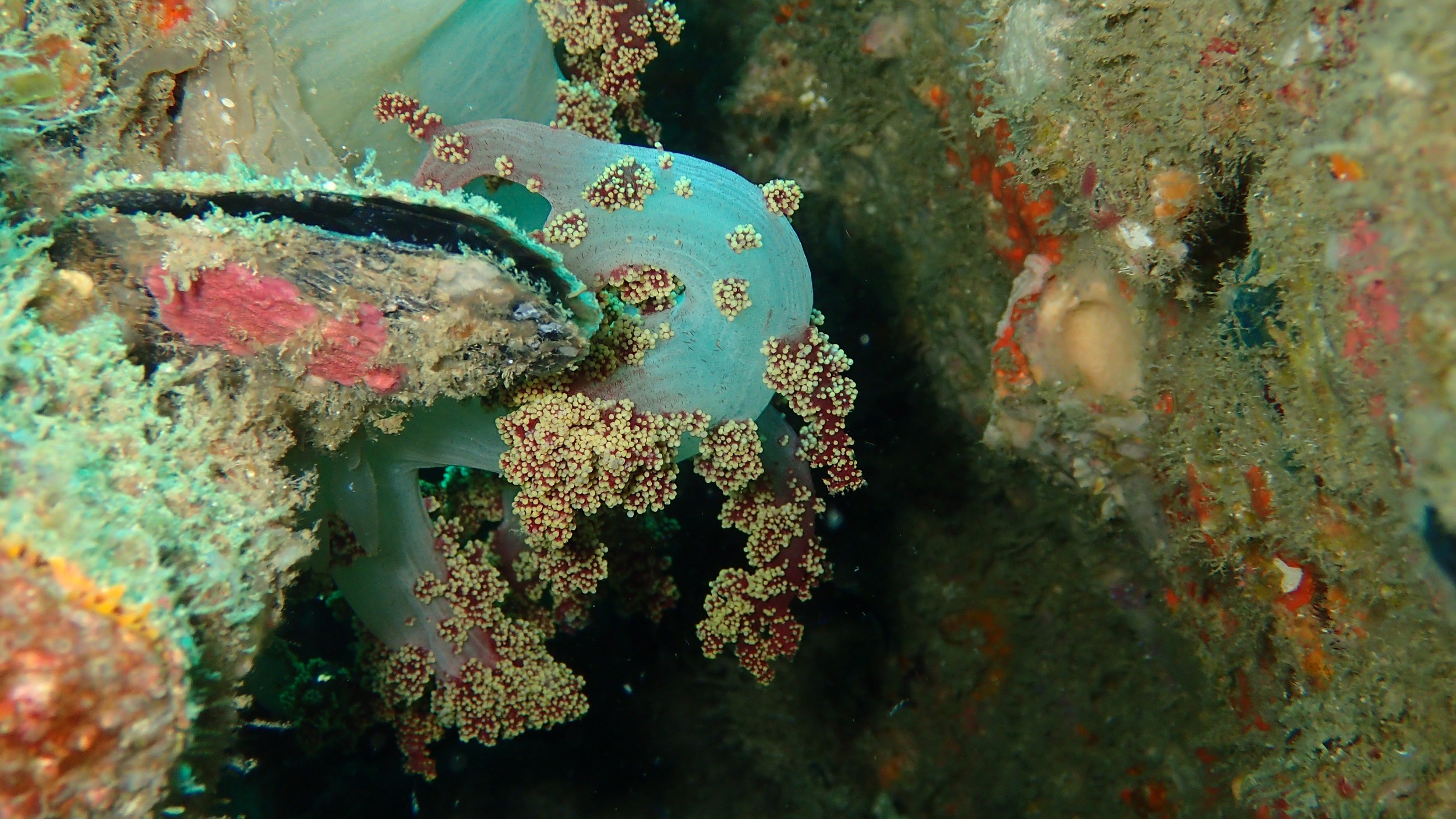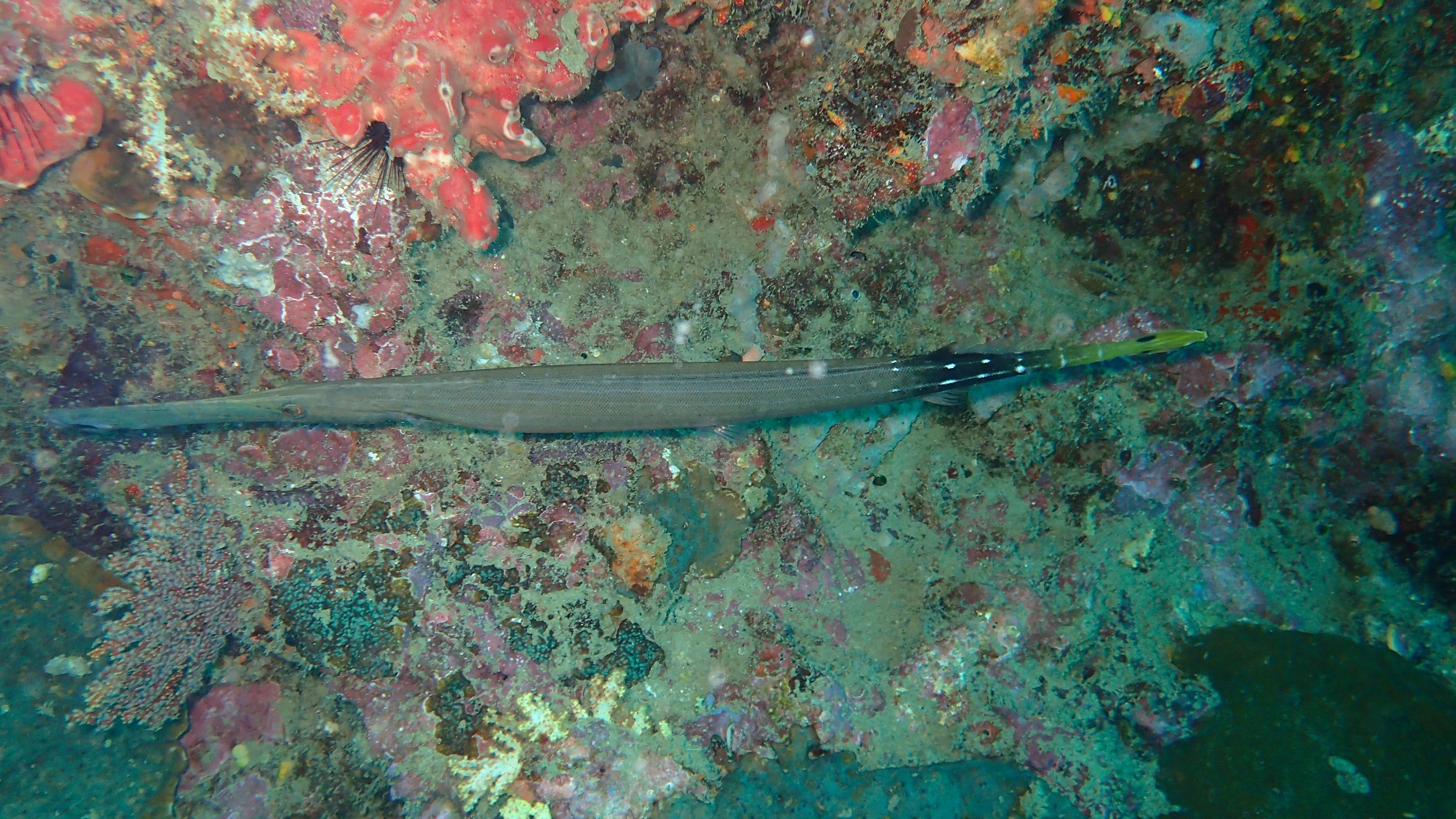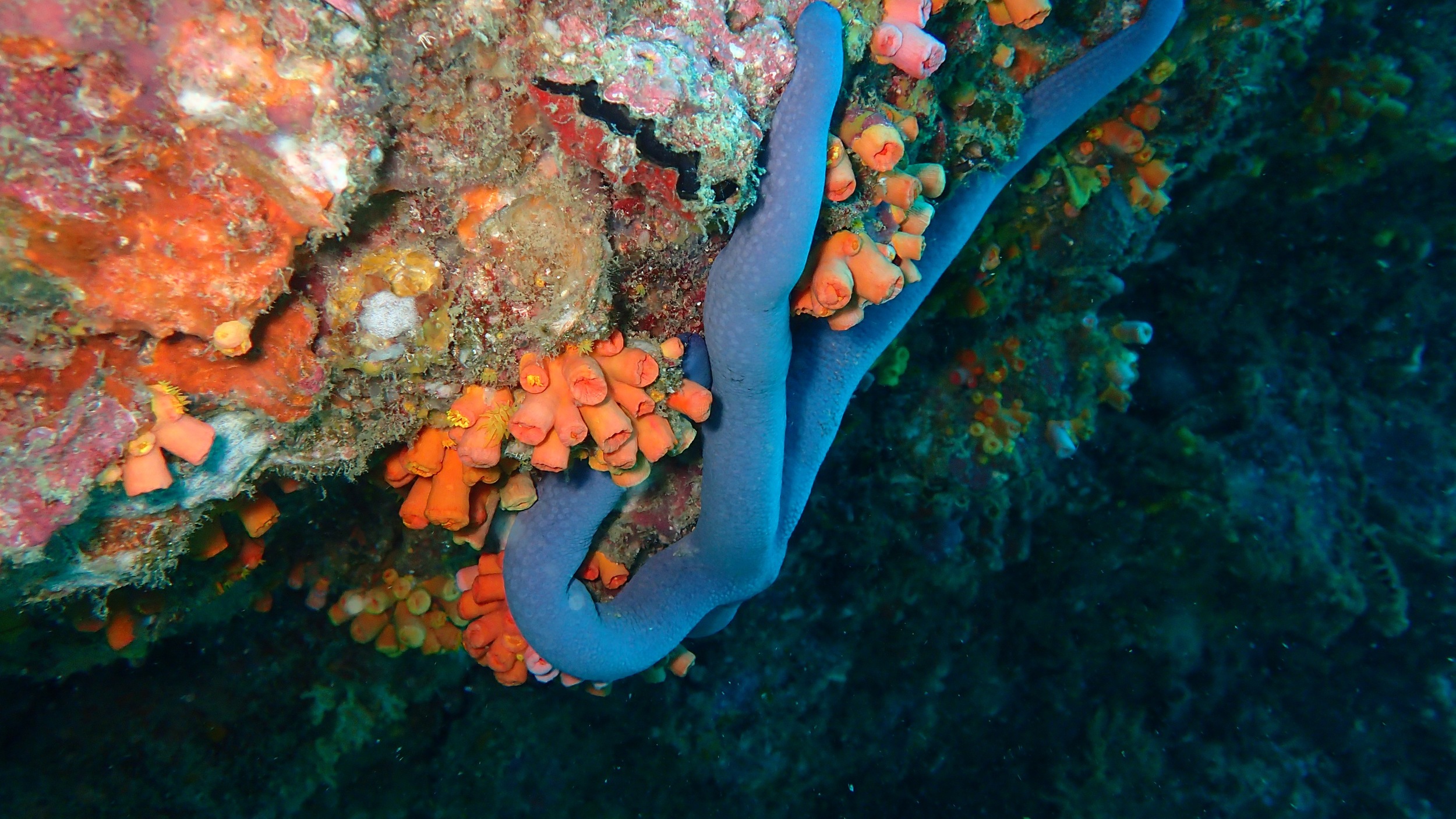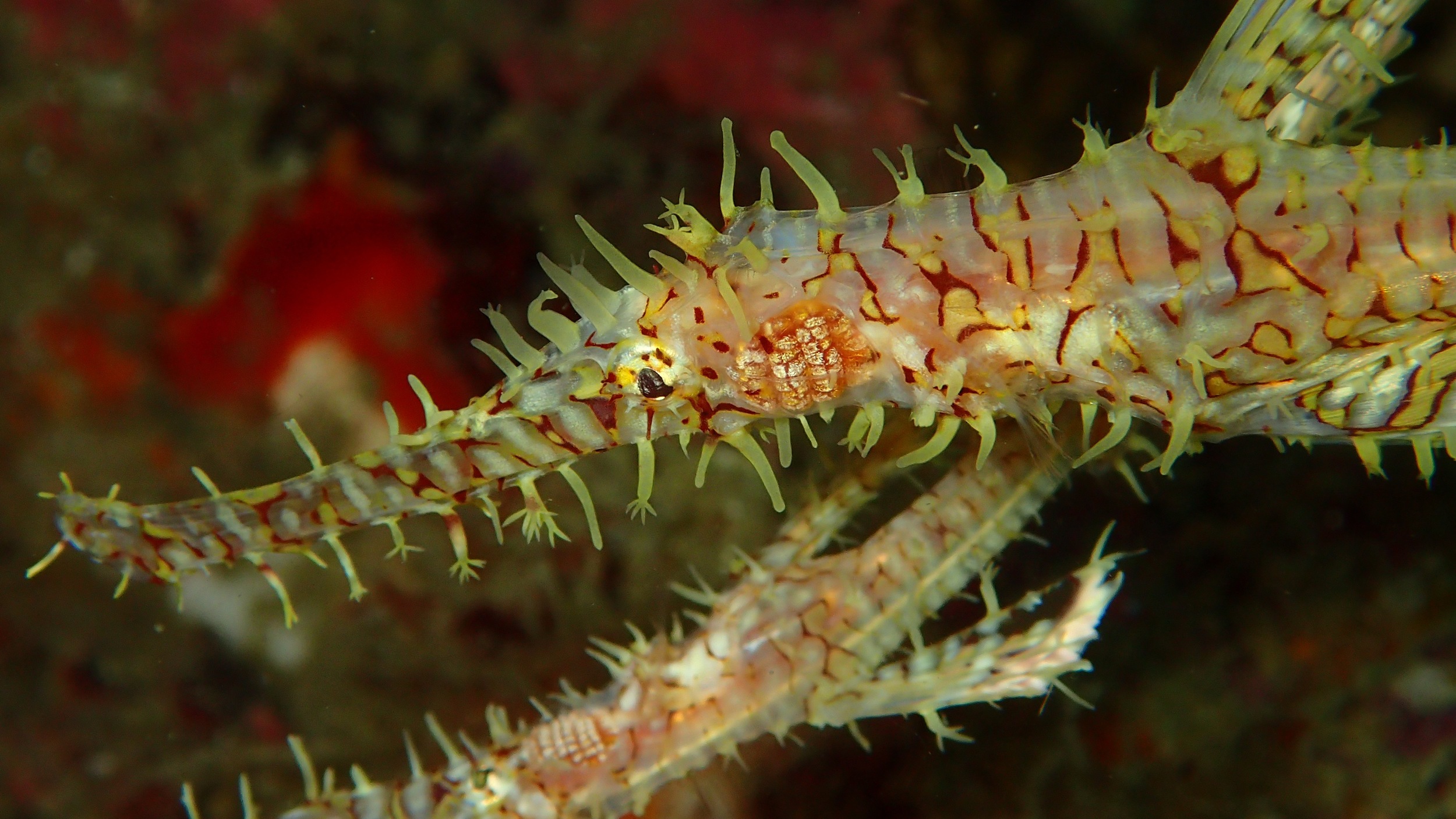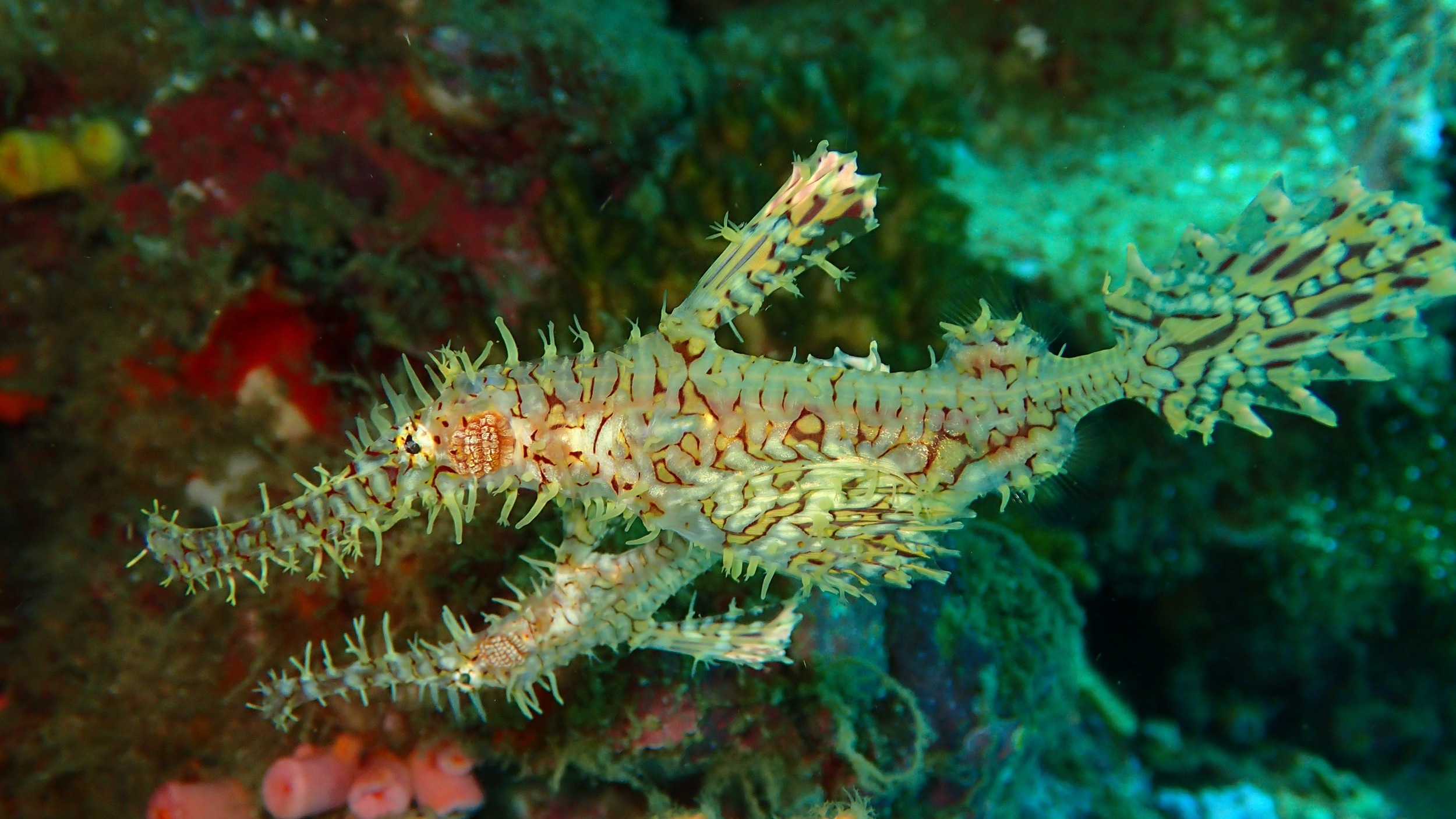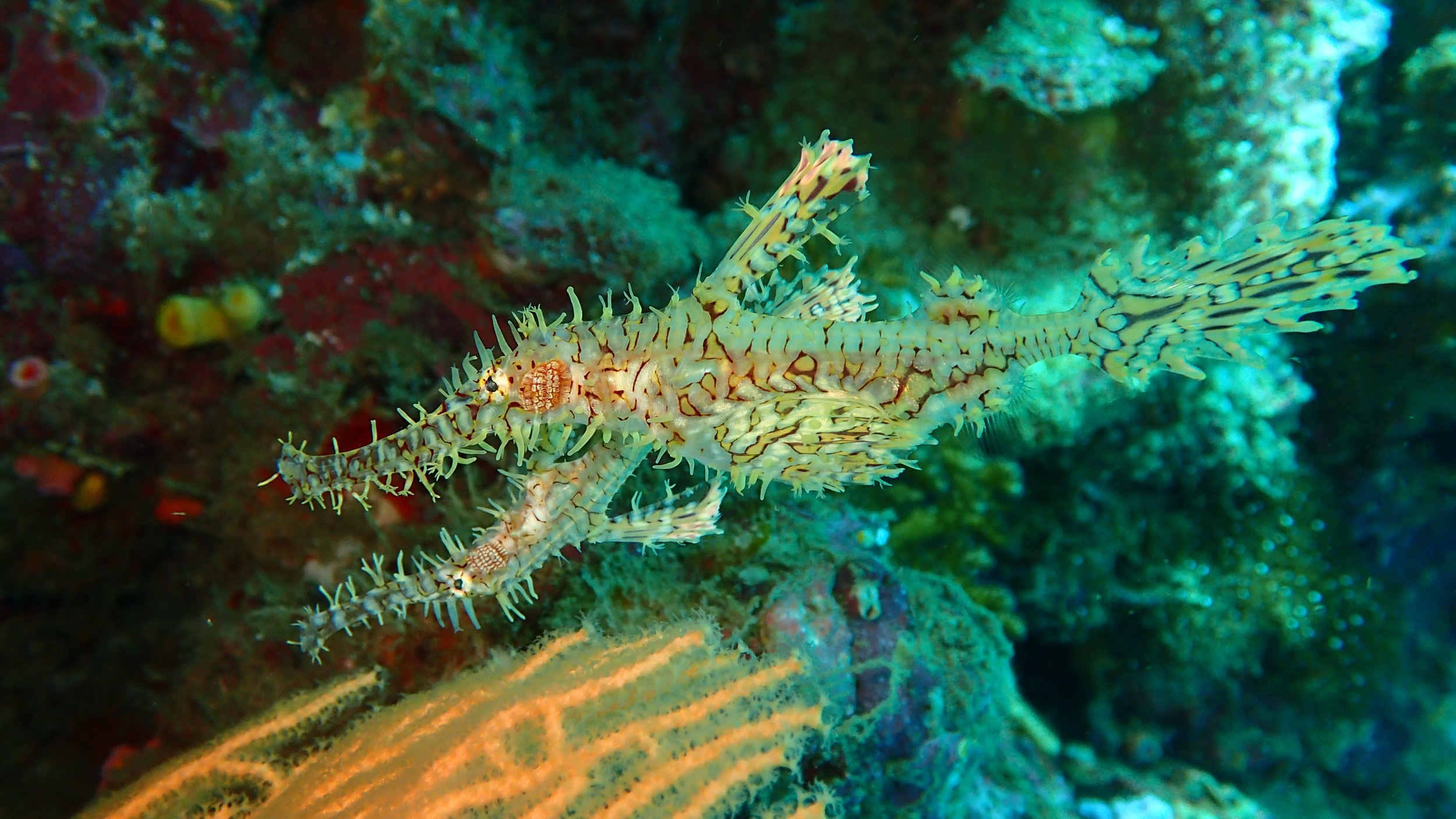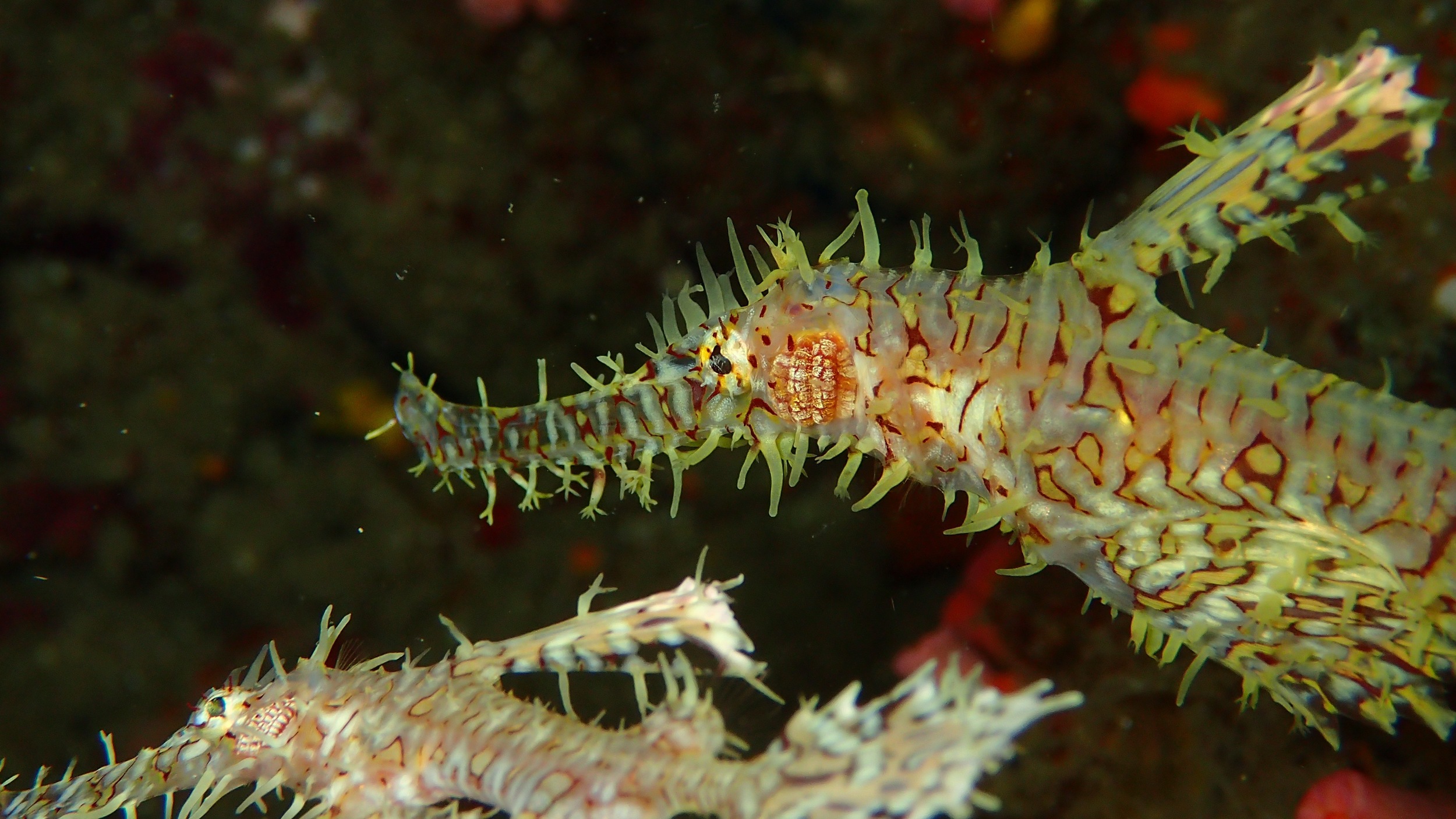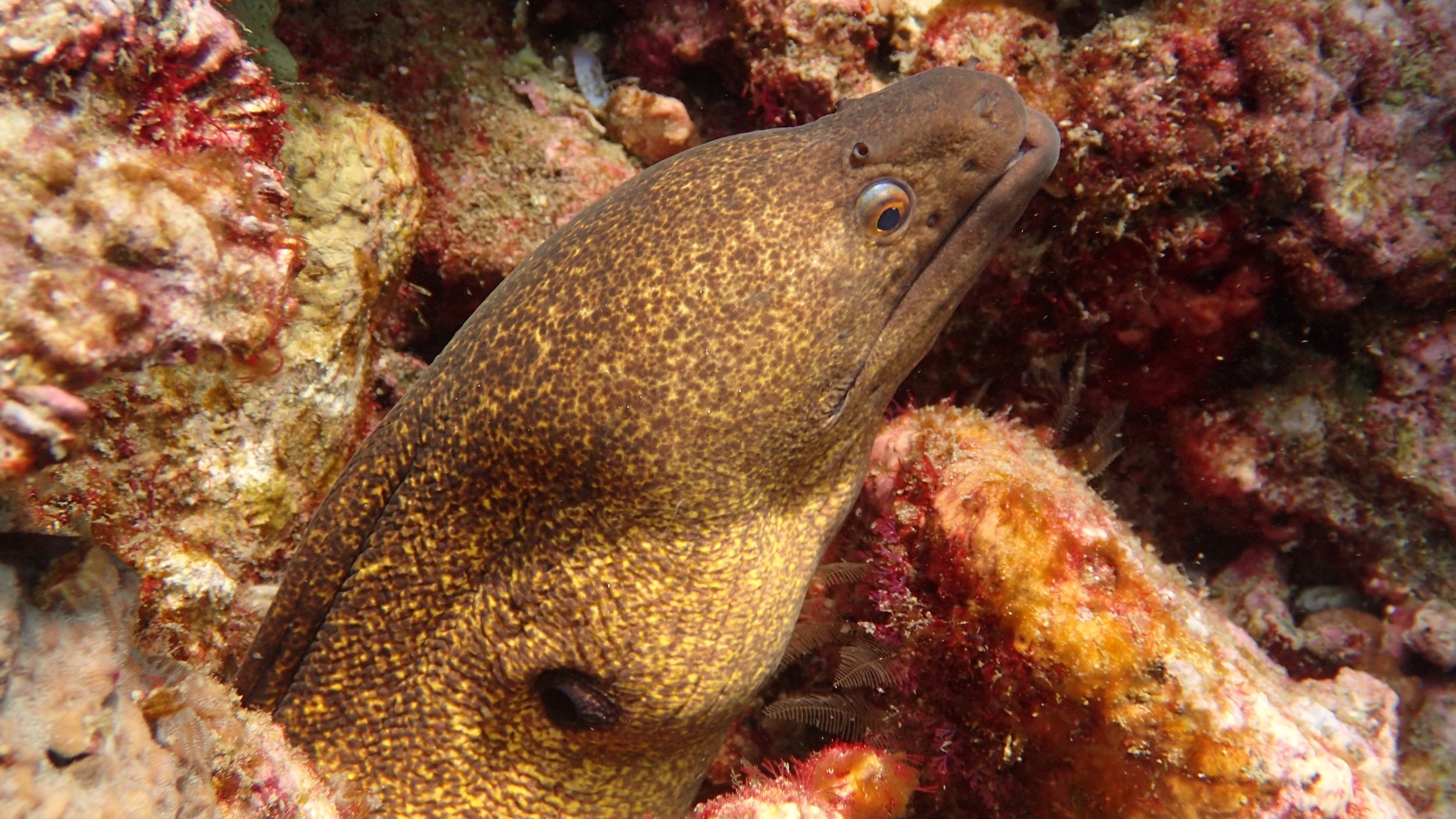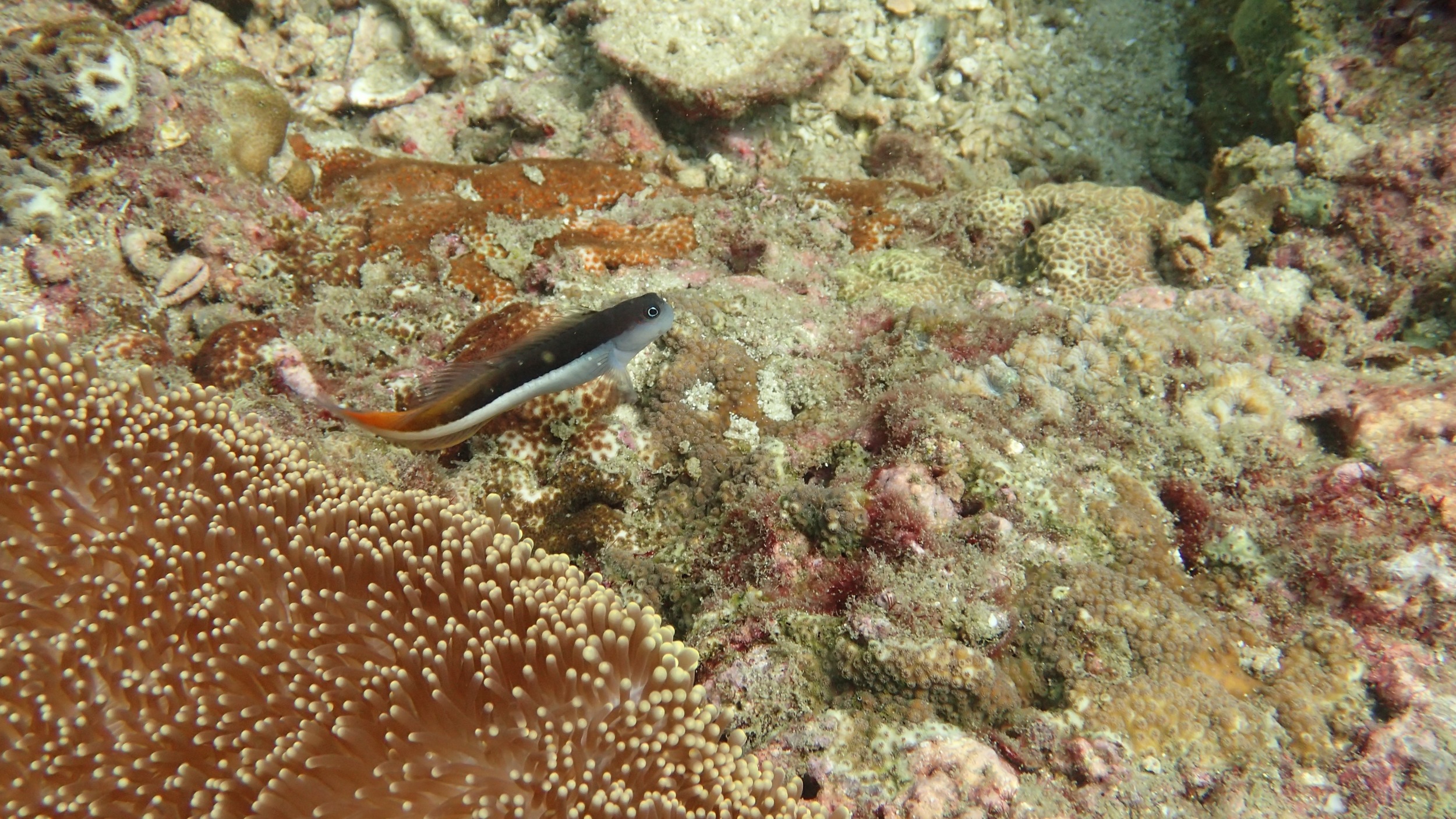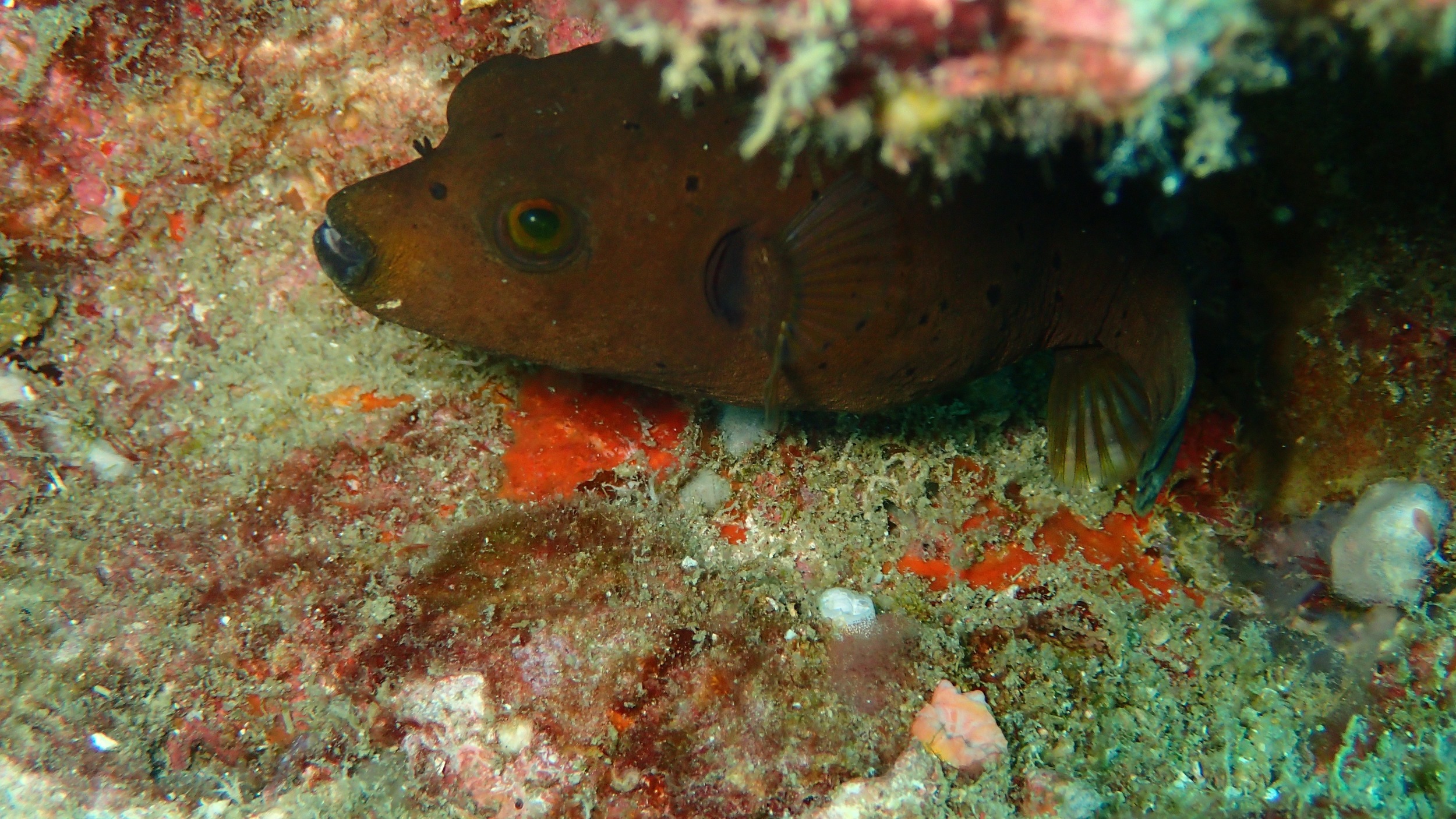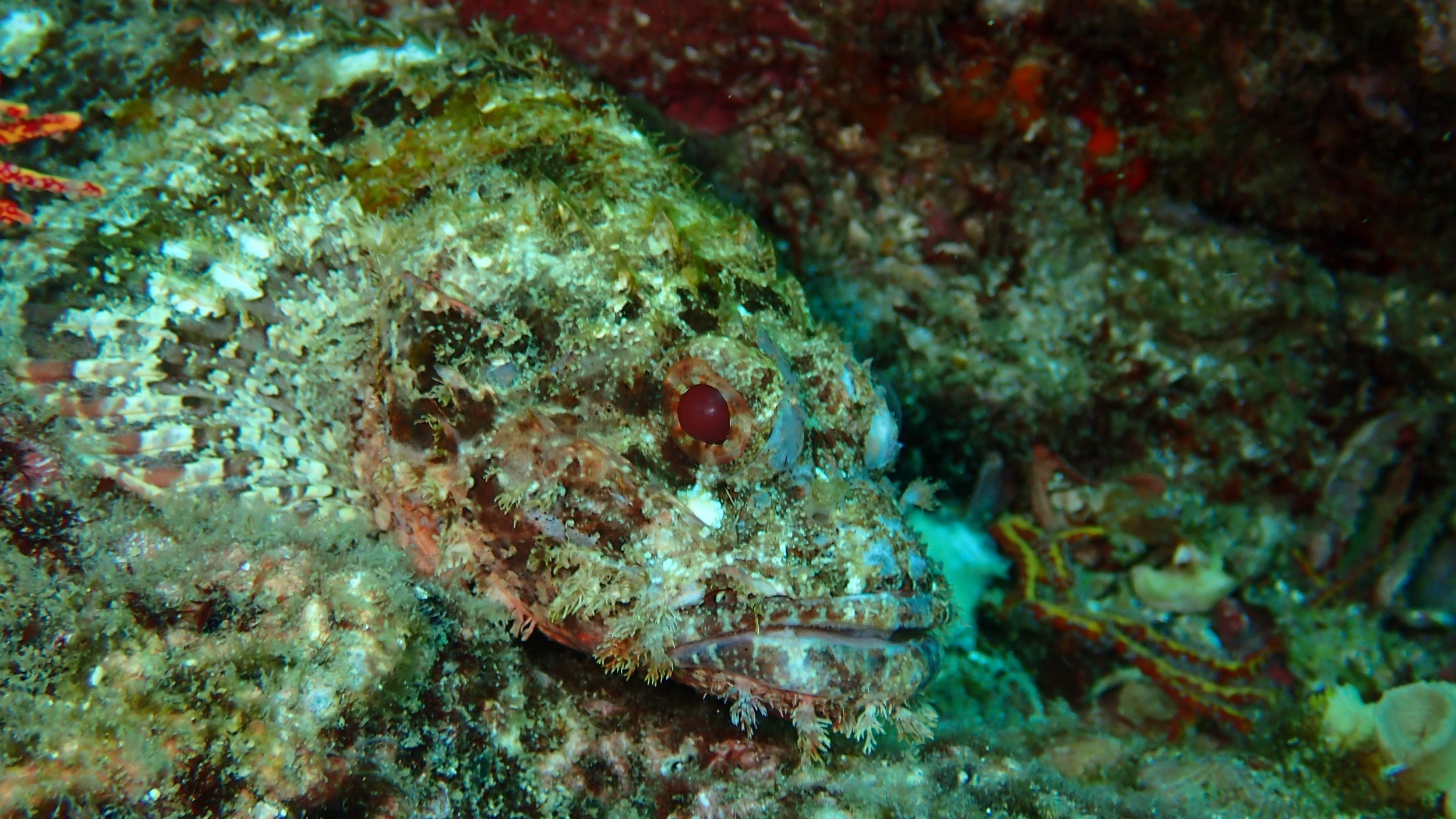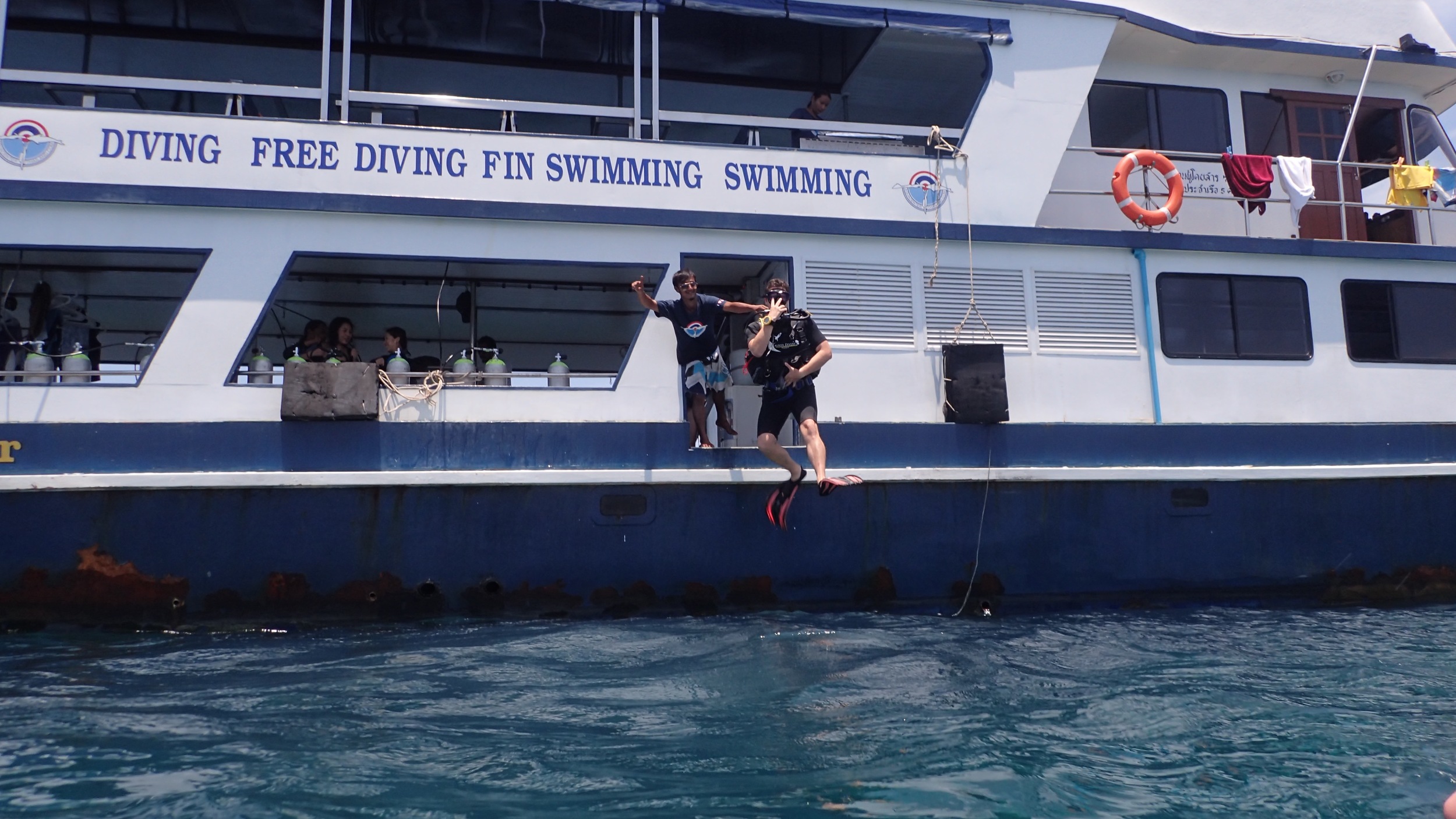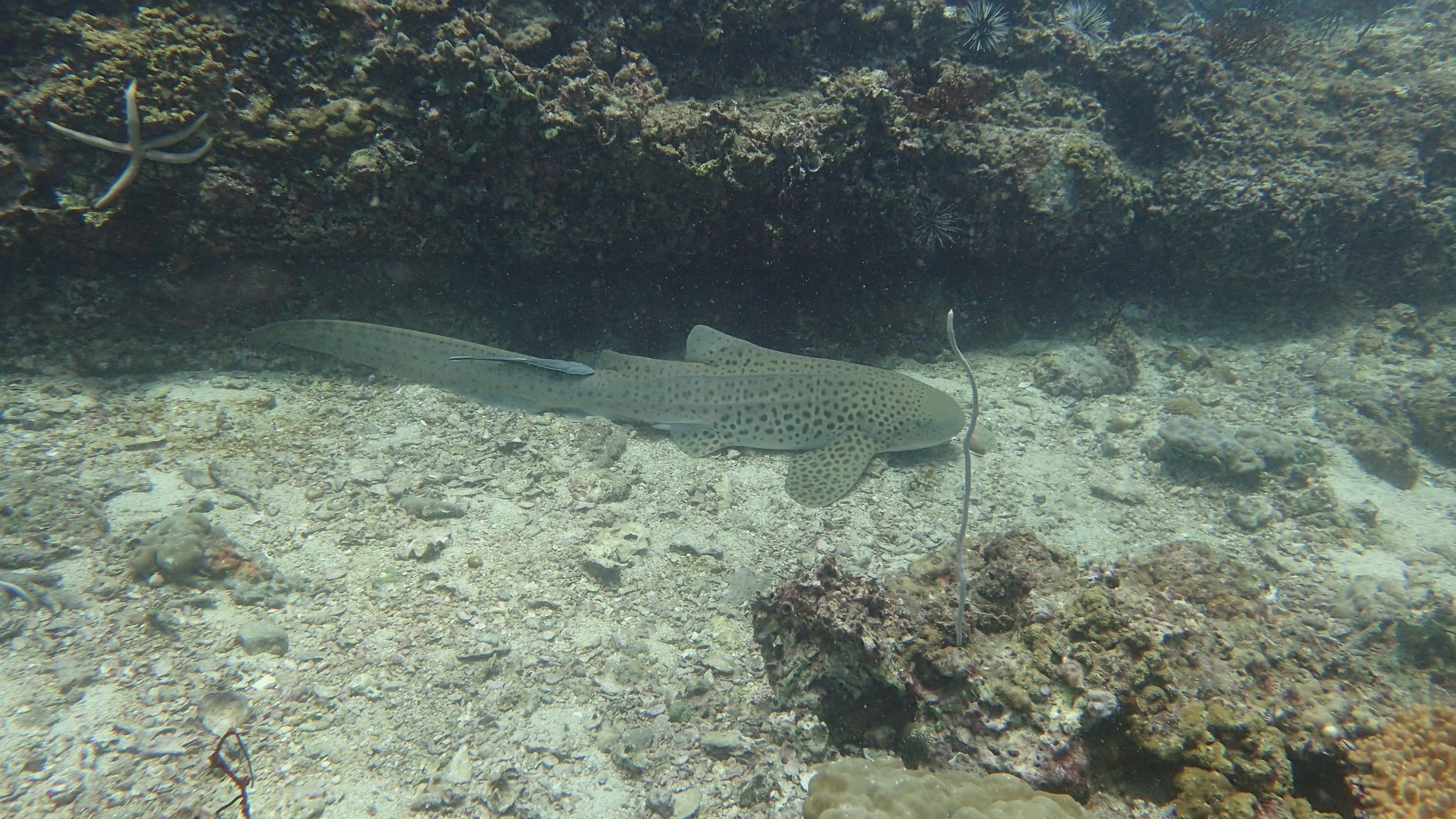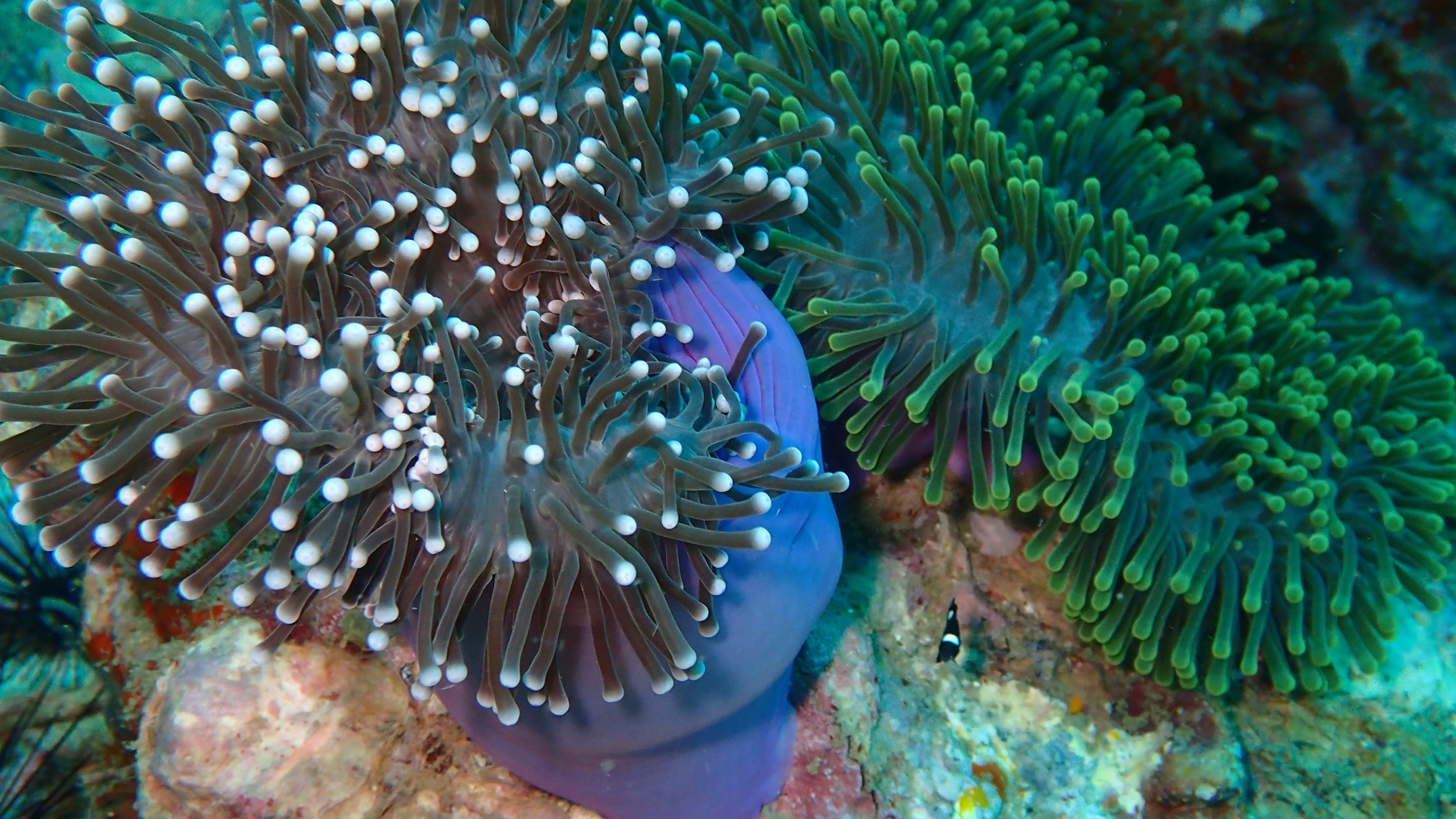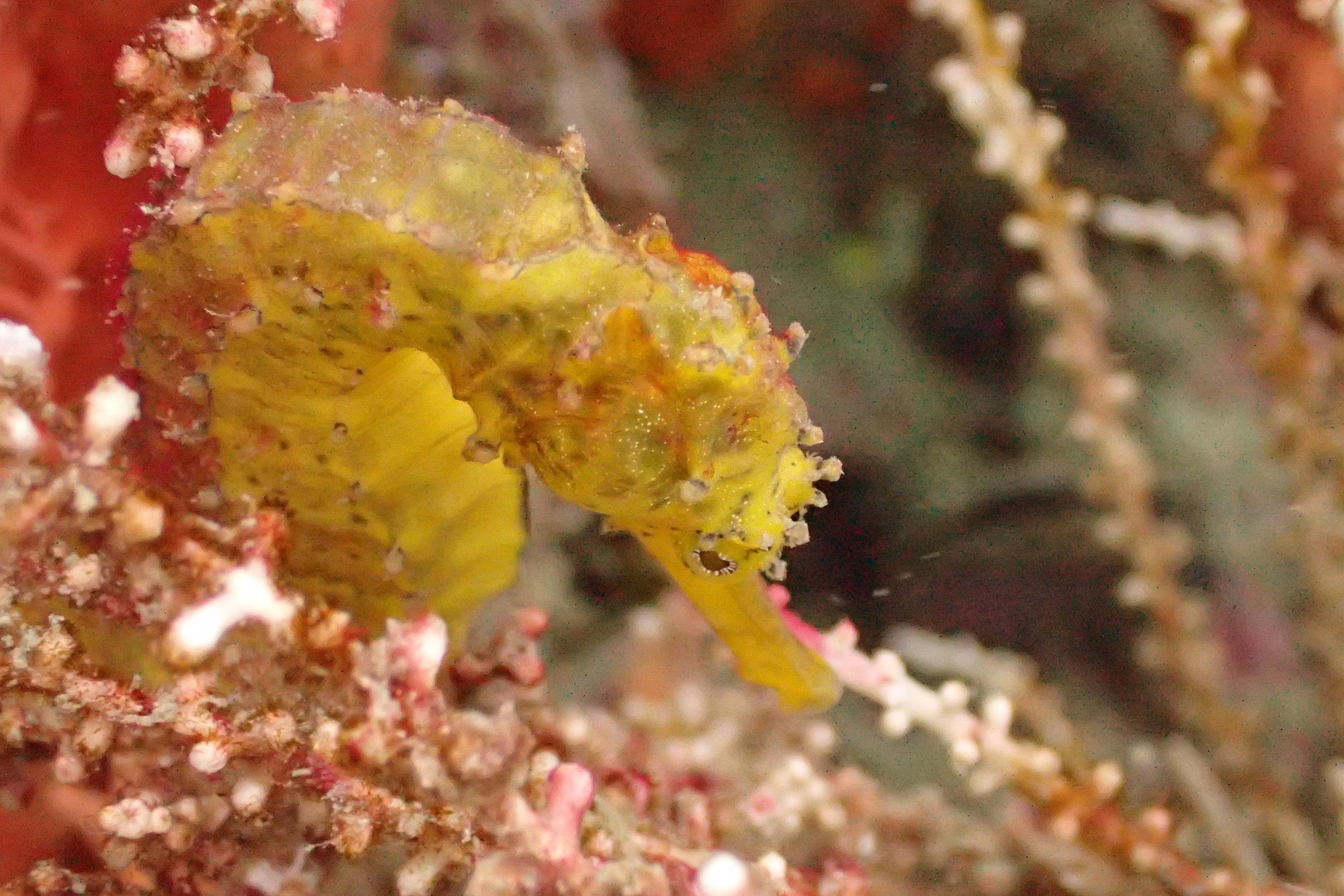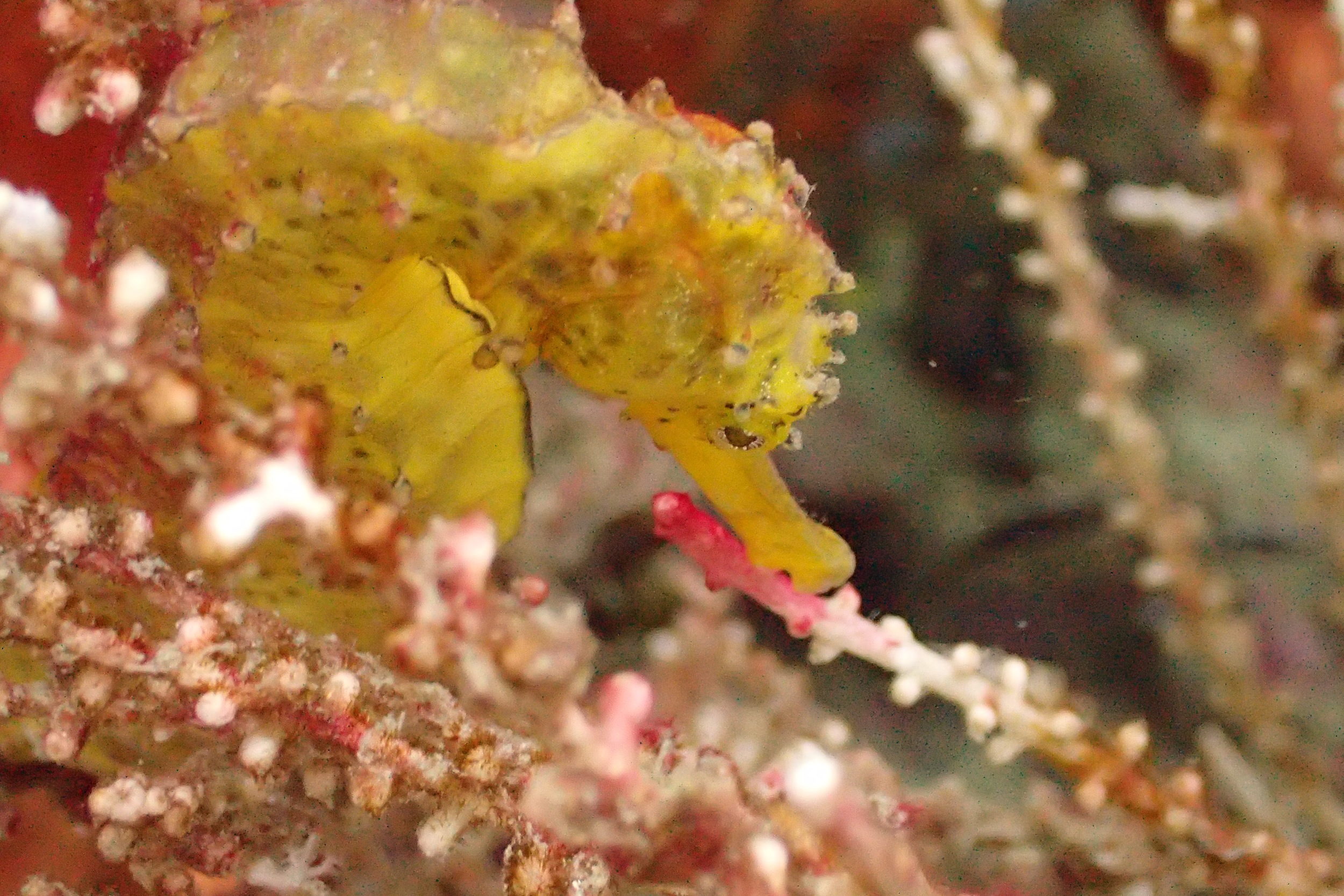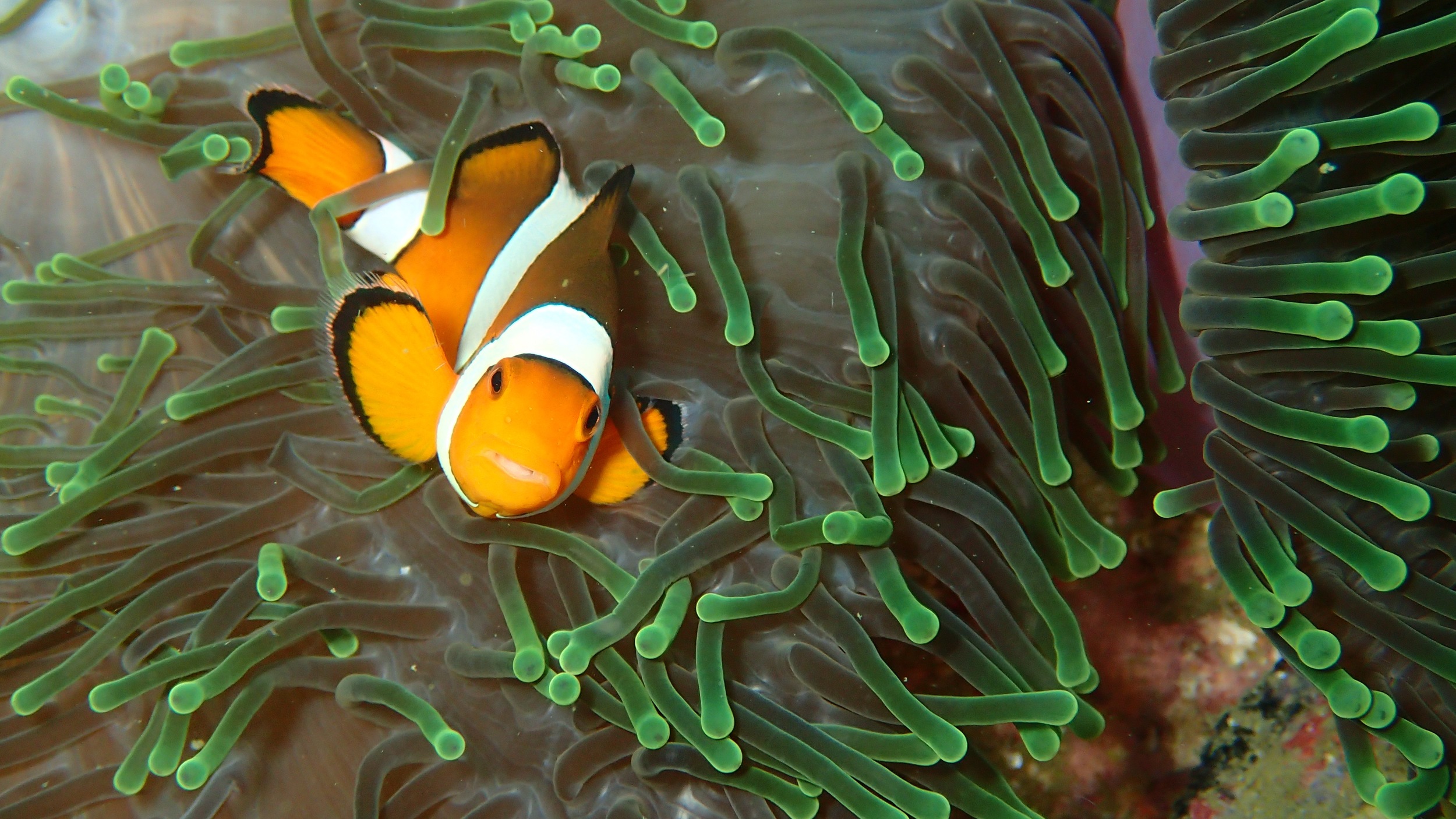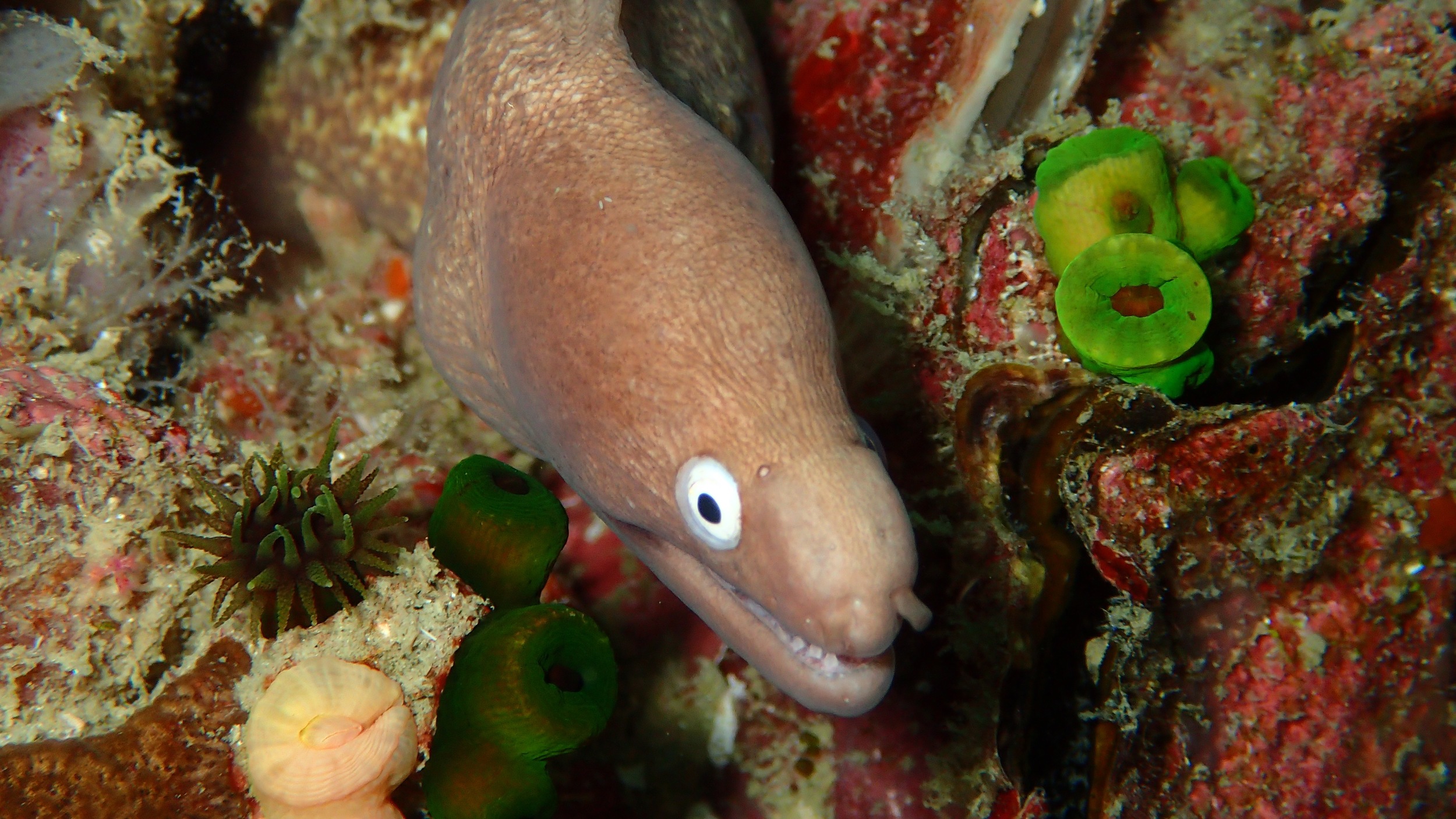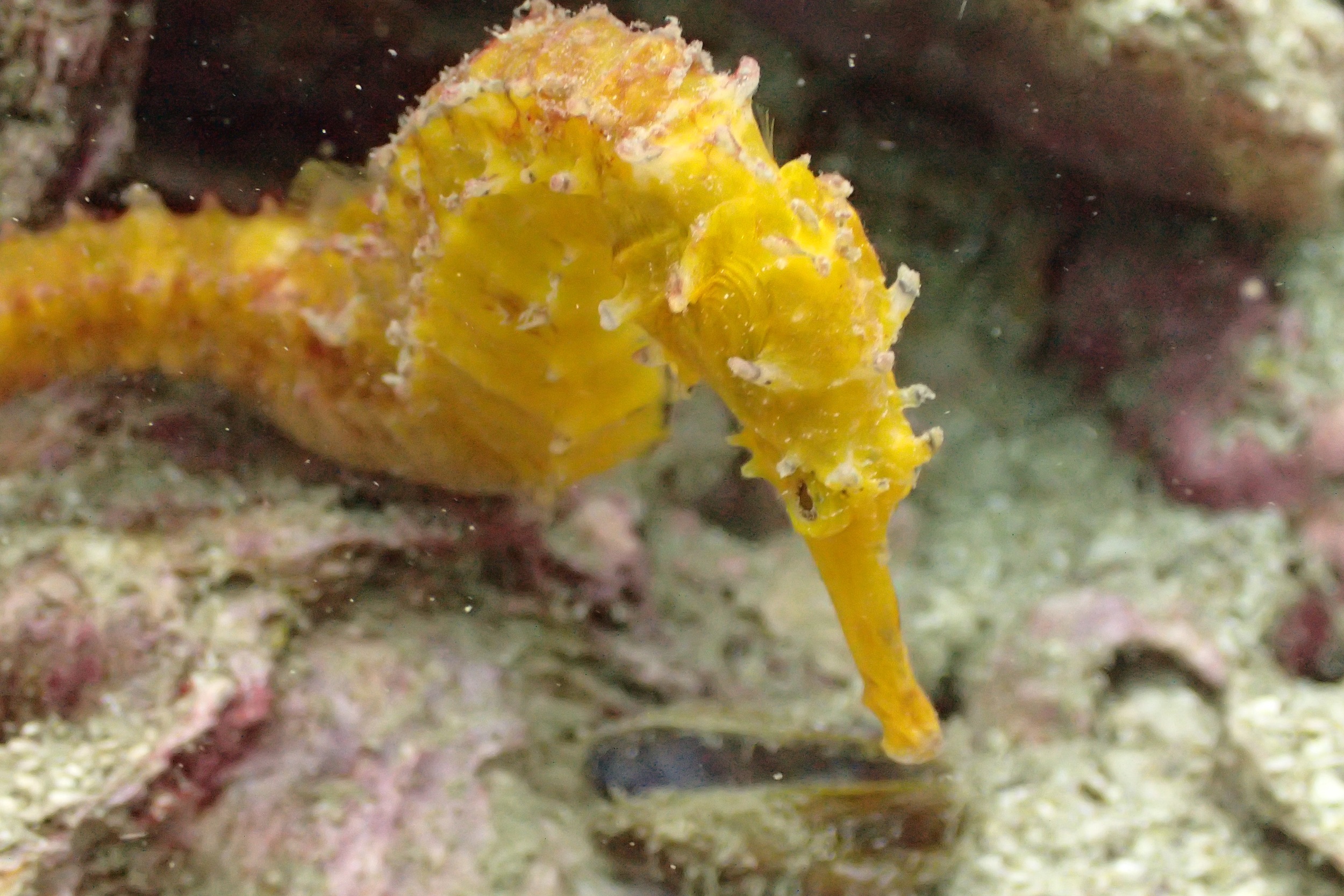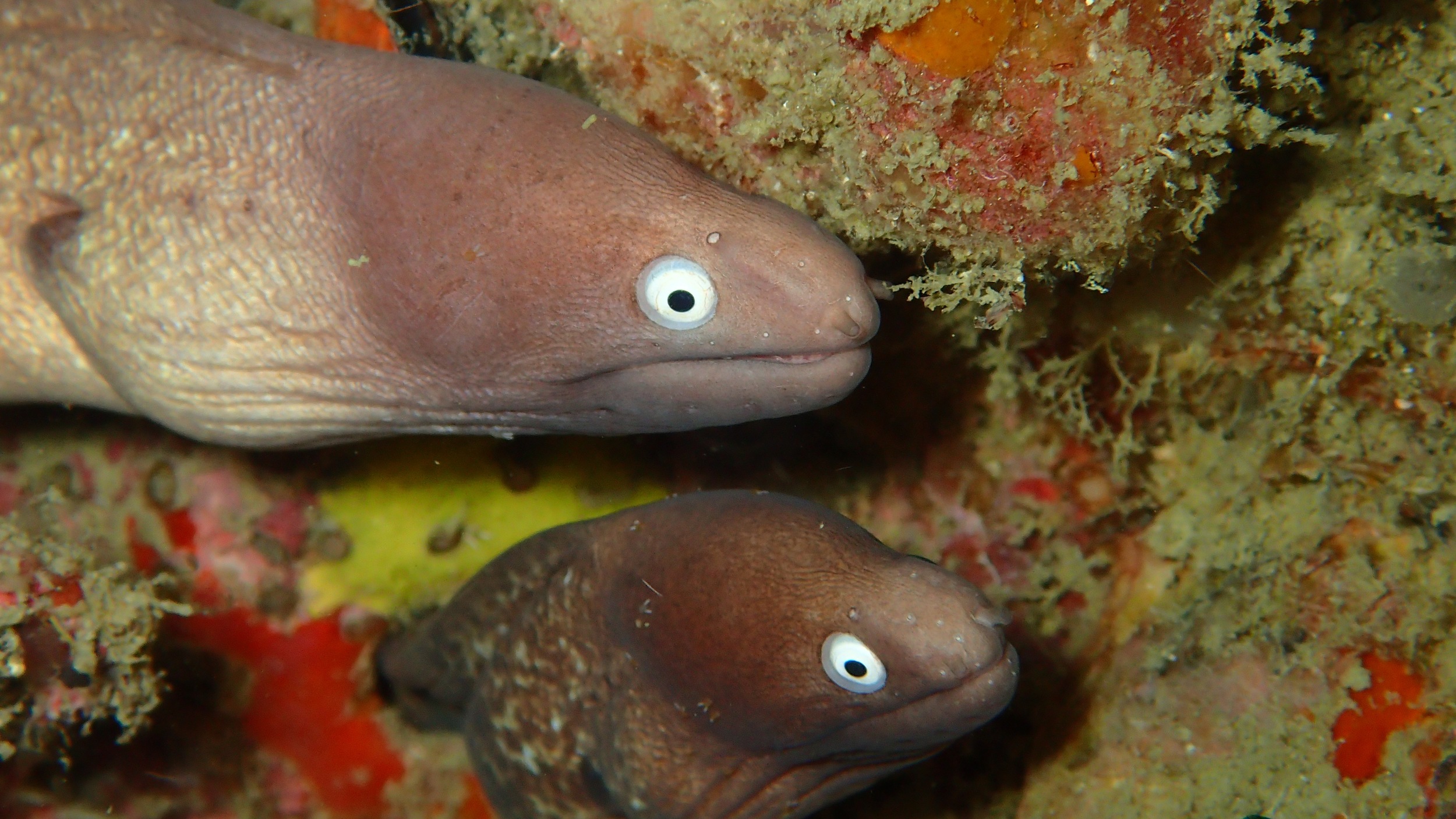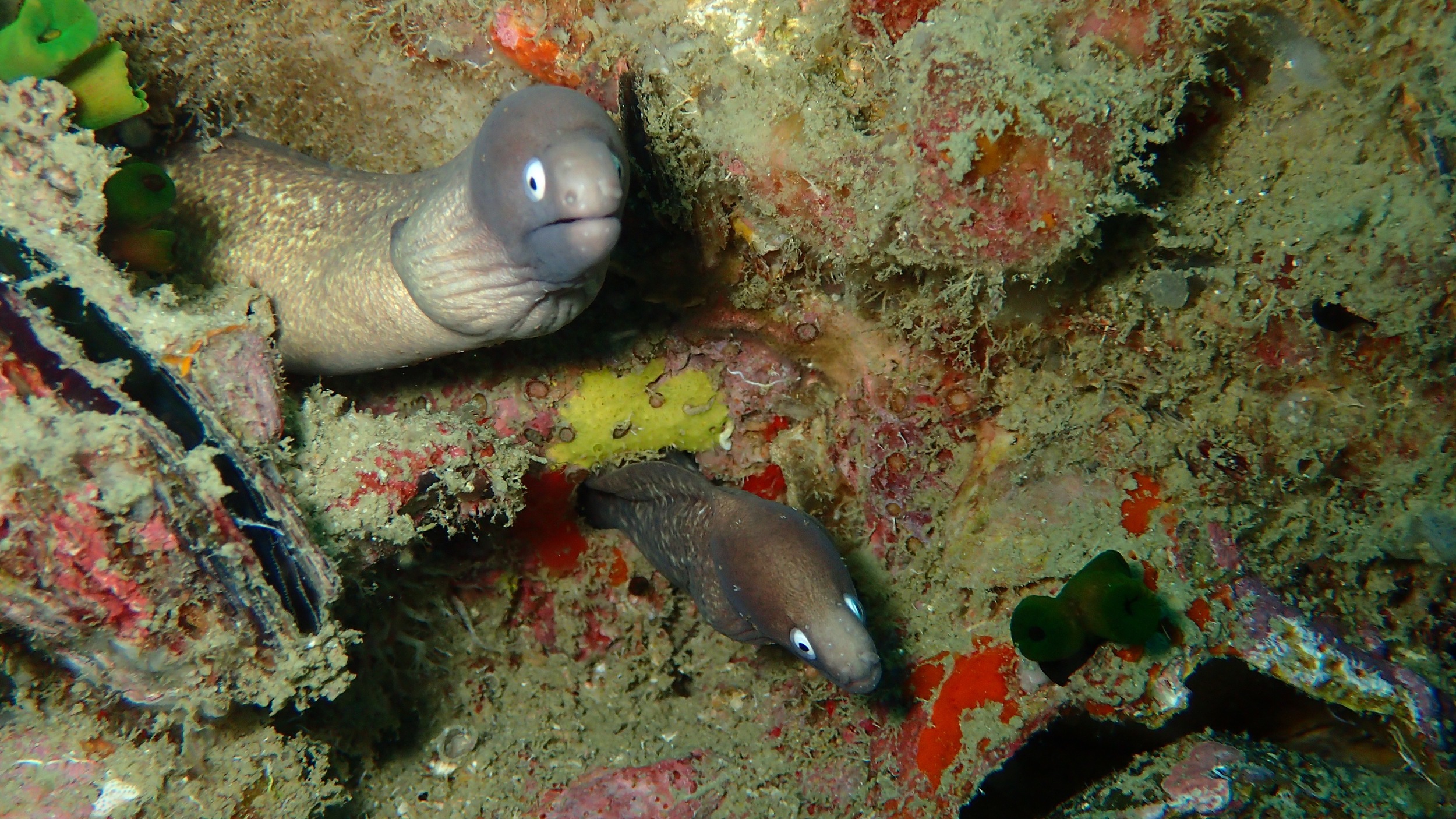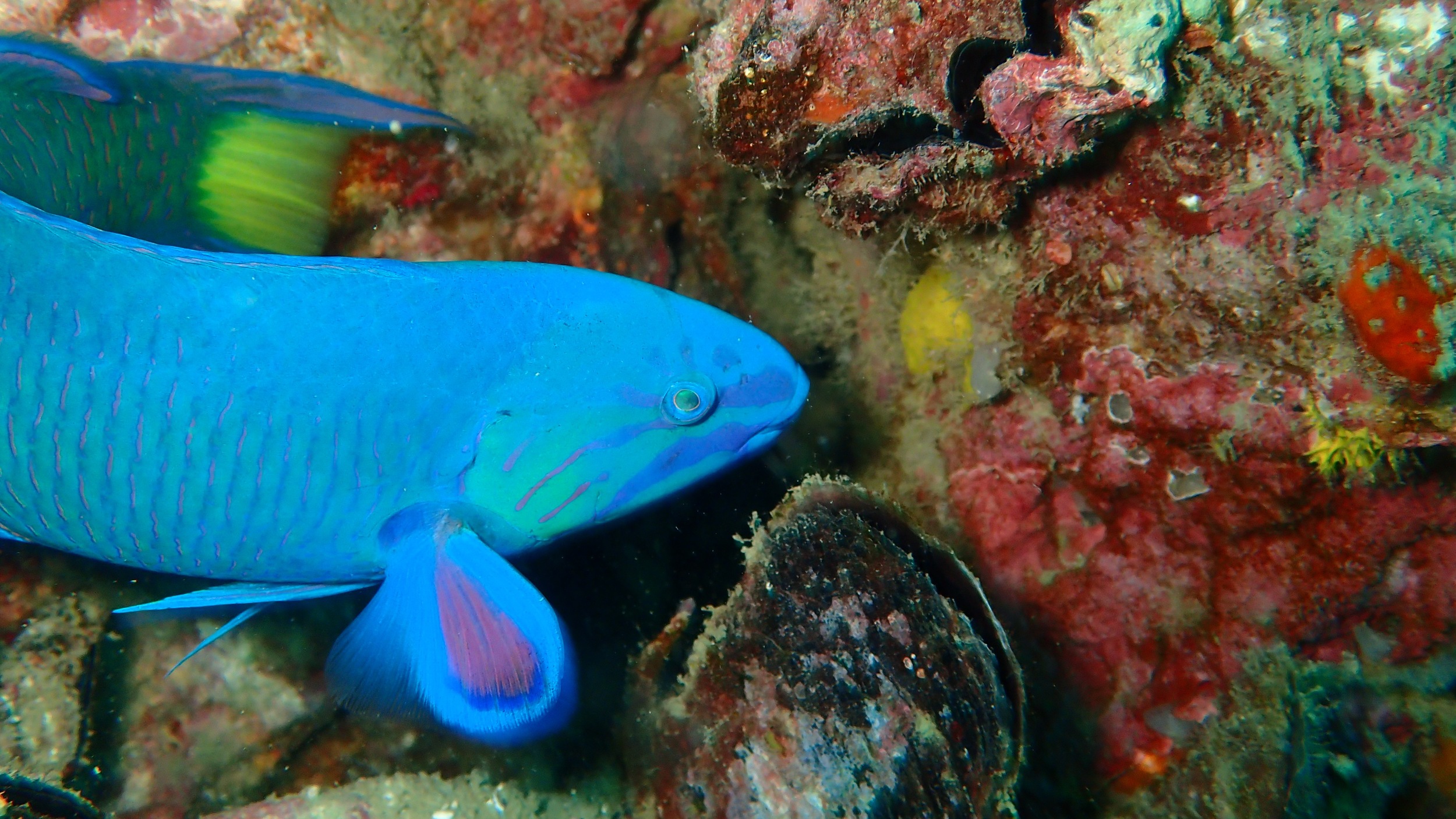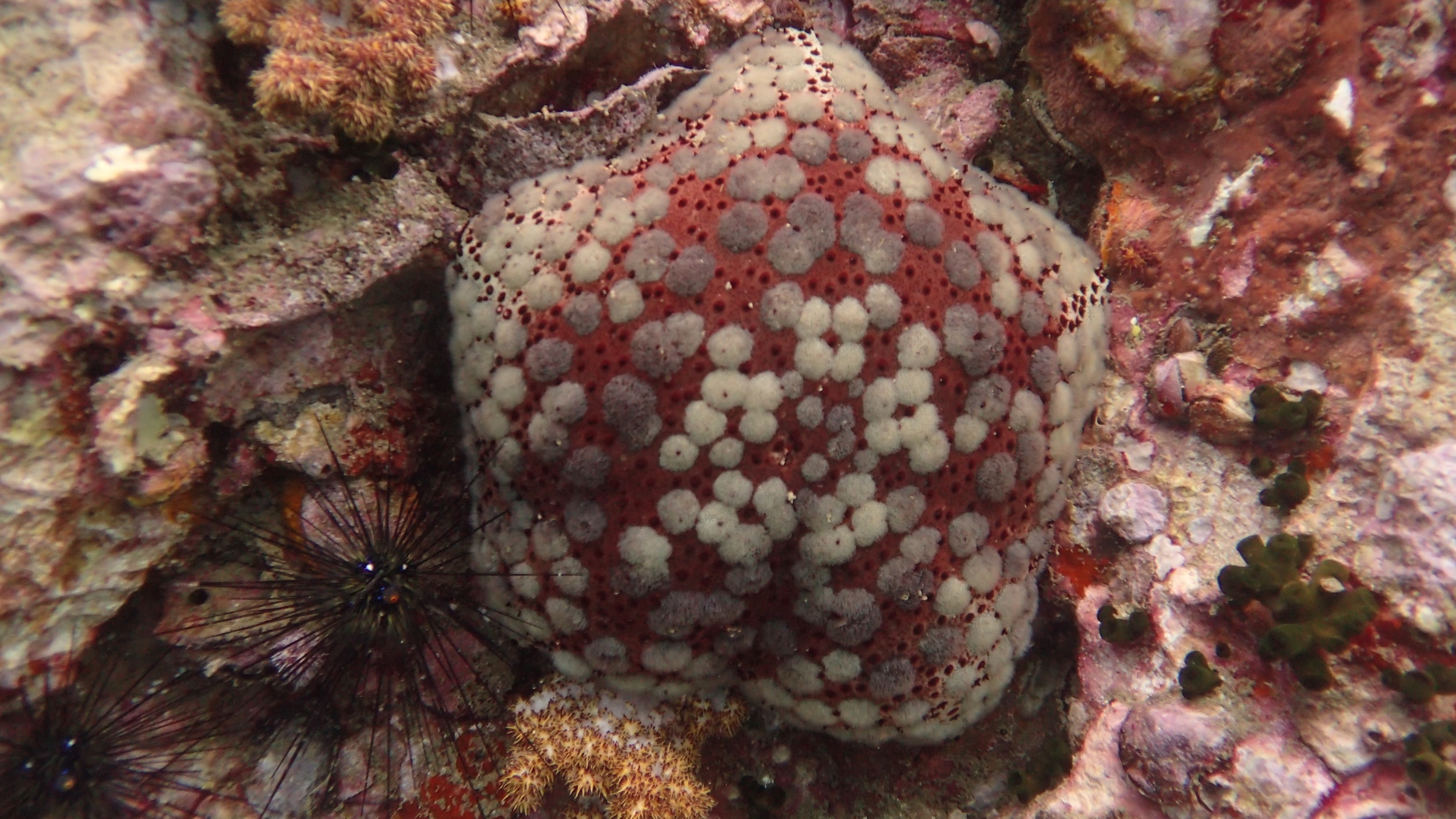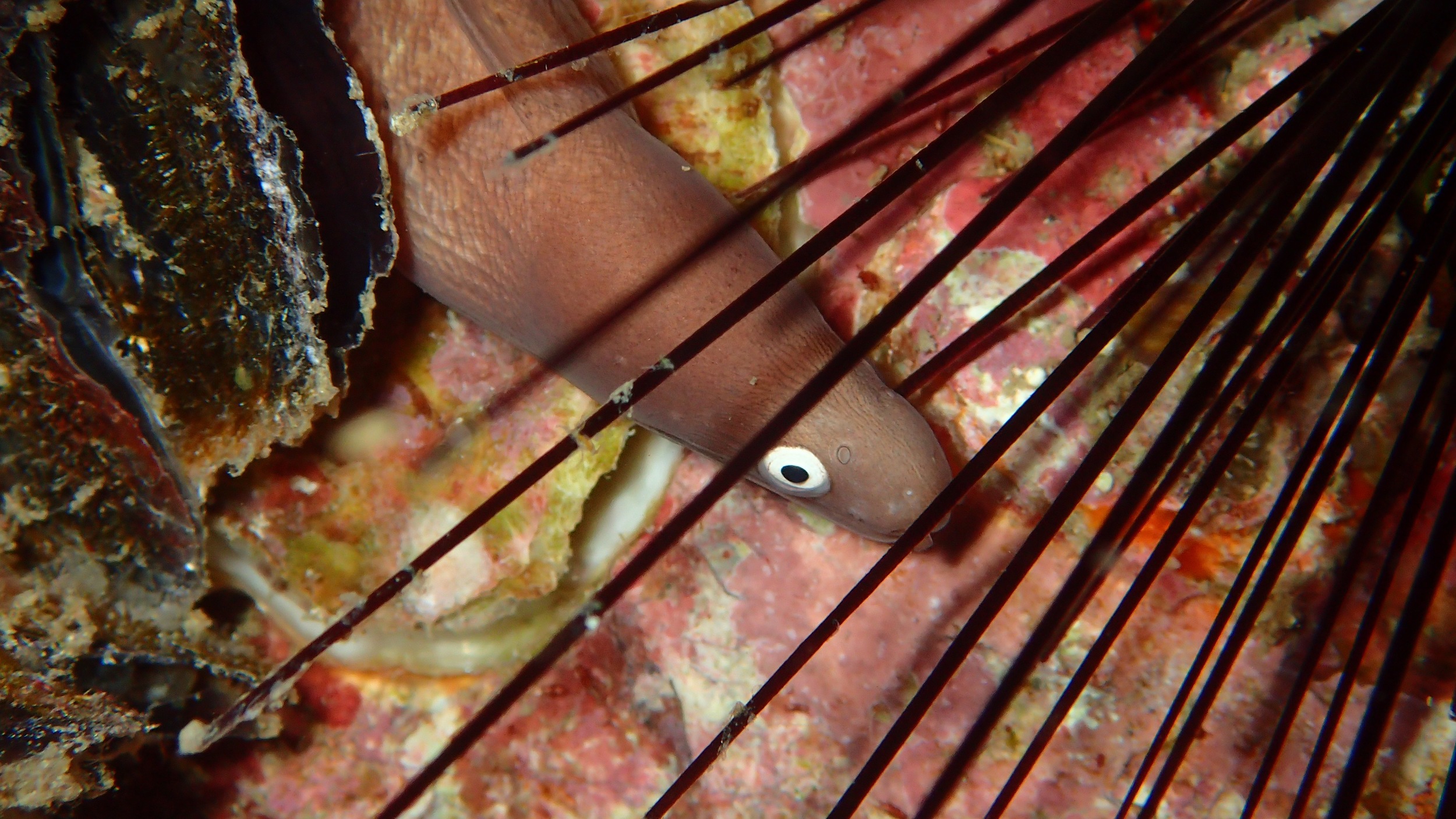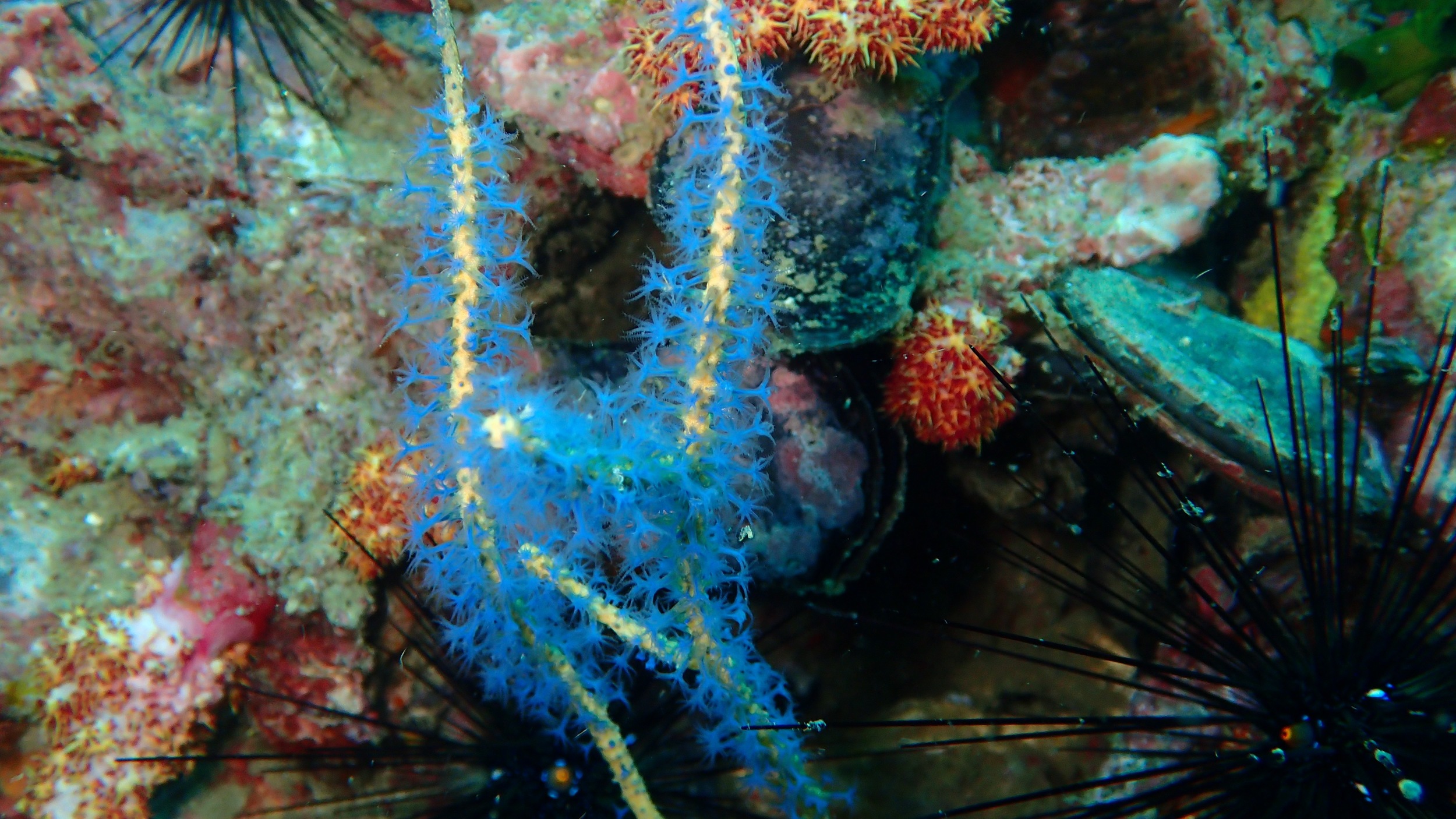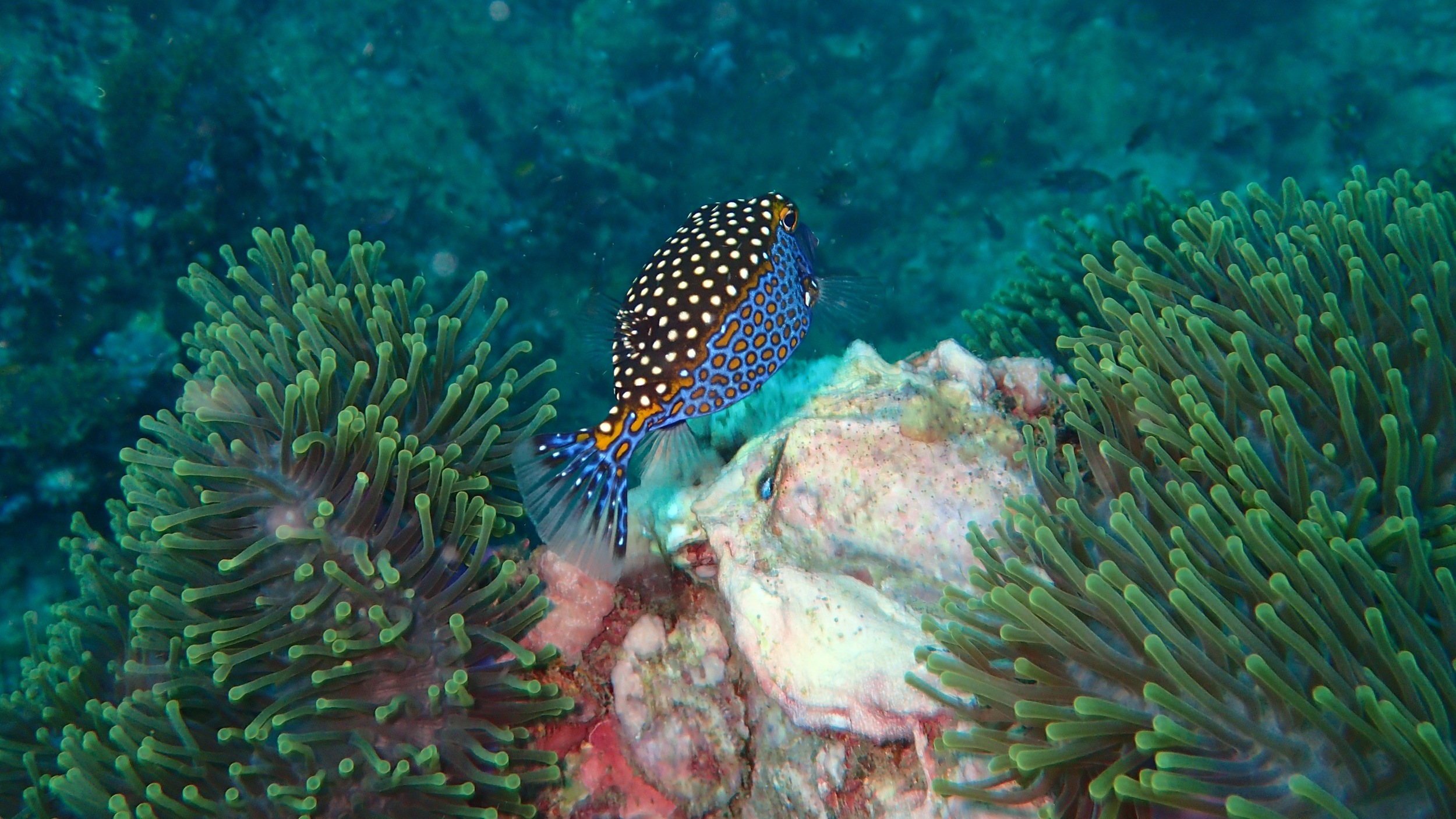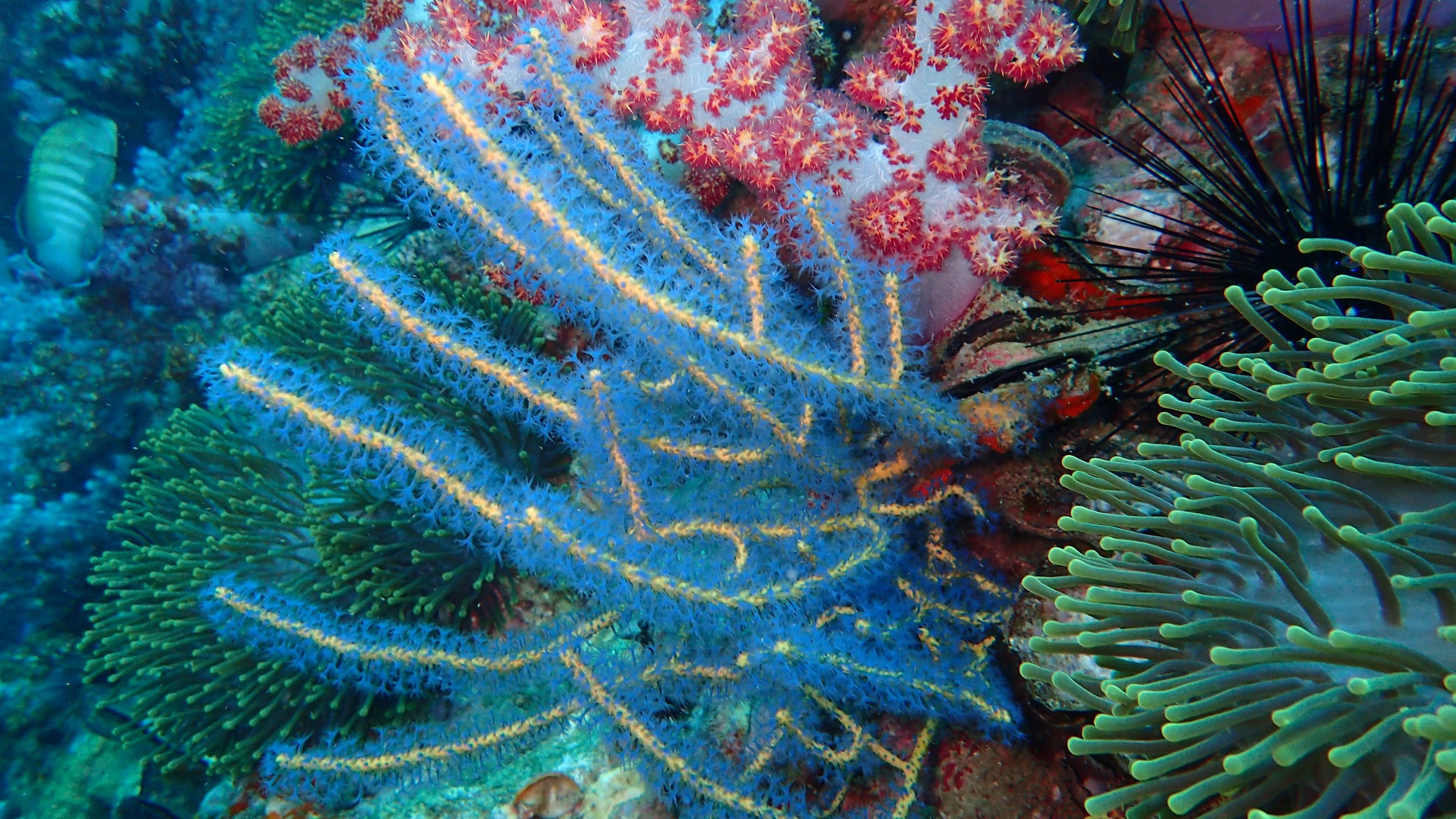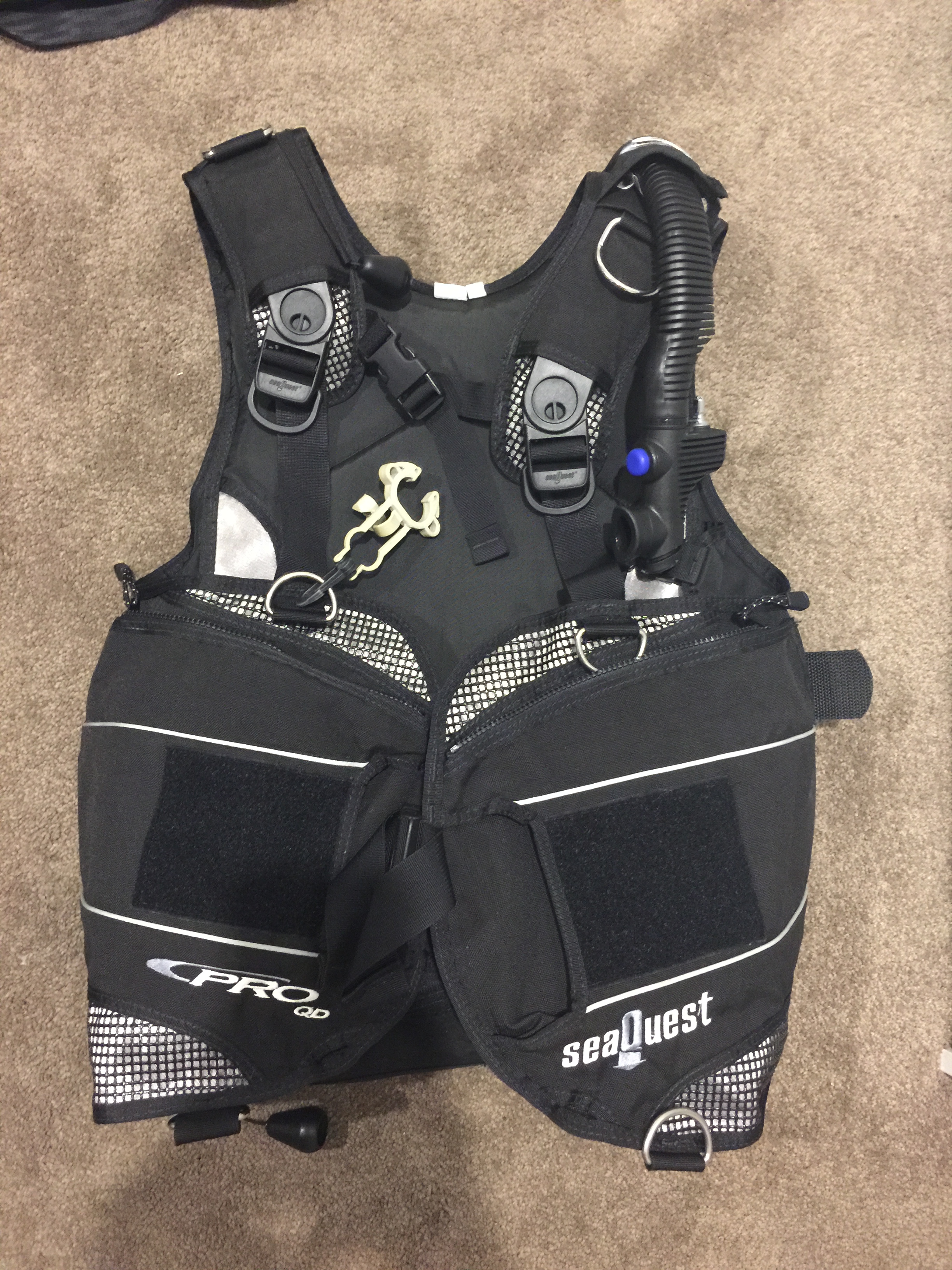Conquering the Mask Monster
/Conquering the Mask Monster
As far back as my PADI Open Water I “struggled” with my mask skills. I simply couldn’t handle the water touching my nose - more correctly I couldn’t handle the water touching my nose with my eyes closed or covered. Whether it was the partial flood, the full flood or the full mask off. I hated it until as little as a month ago - even then hated is not quite showing just how much I was petrified off the mask skills.
Fast forward to day one, week 1, of my DiveMaster training, I rolled into our training pool here at the training school to observe a Discover Scuba Diving (DSD) Program. I was offered by one of our instructors to give the demonstration of ‘masking clearing’, the simple every dive requirement of divers to remove water from their mask. It isn’t the clearing that had me white with fear, it was the letting a small amount of water in the mask (thereby touching my face) for the demonstration.
What did I do on the spot? I did what all great cowards do - I faked a reason for why I couldn’t. The good ol’ “I have a stomach ache” - believable in rural Asia - no mean feat to explain underwater using hand signs, but it worked.
Here I was, on the cusp of being welcomed into the professional ranks of the Scuba Diving family and I can’t get past skill one of Open Water 1 confined dive.
For a number of weeks, I fumbled along, either not having to do the skill or doing just enough to get by, all the while the clock was ticking until reaching the DiveMaster Skill Circuit assessment task that requires demonstration quality skills including mask clearing, mask removal and a no mask swim.
During the assessments I BARELY passed scoring a 3 (of 5) for each of the mask skills, sure I passed my dive master and was welcomed into the ranks of professional divers, but I felt bothered by the fact I was so weak in the skill.
It was not until I read a few professional articles and blogs that outline the dangers of having mask fear. I knew I could overcome this. Logically of the two breathing holes’ in my face, one would be covered in water and one would be have a fully functional air supply, Ijust needed to get in control of choosing which one to use. How, I hear you say.. by making the ‘scary’ every day.
On every single safety stop after reading these articles, I was determined to take my mask off. It started off just being off then back on, then off, two breaths, back on then longer etc. The big breakthrough game came when I could open my eyes in the ocean. Sure I don’t have much vision underwater - no one does - but by seeing the body shape of my buddy or my relation to the bottom etc really helps. If I feel the tingle in my nose telling me it feels like breathing in the water - I simply hold my nose for a few seconds.
What’s next? Before I leave Indonesia in a month, I am determined to obtain my PADI Self Relient Diver rating that equips me with skills to dive solo, without a buddy. The main assessable skill of this course is 2min with my mask off, swimming a distance of 18m simulating, I believe, a mask failure (including the spare you carry) and the need for you to return directly to the surface slowly.


